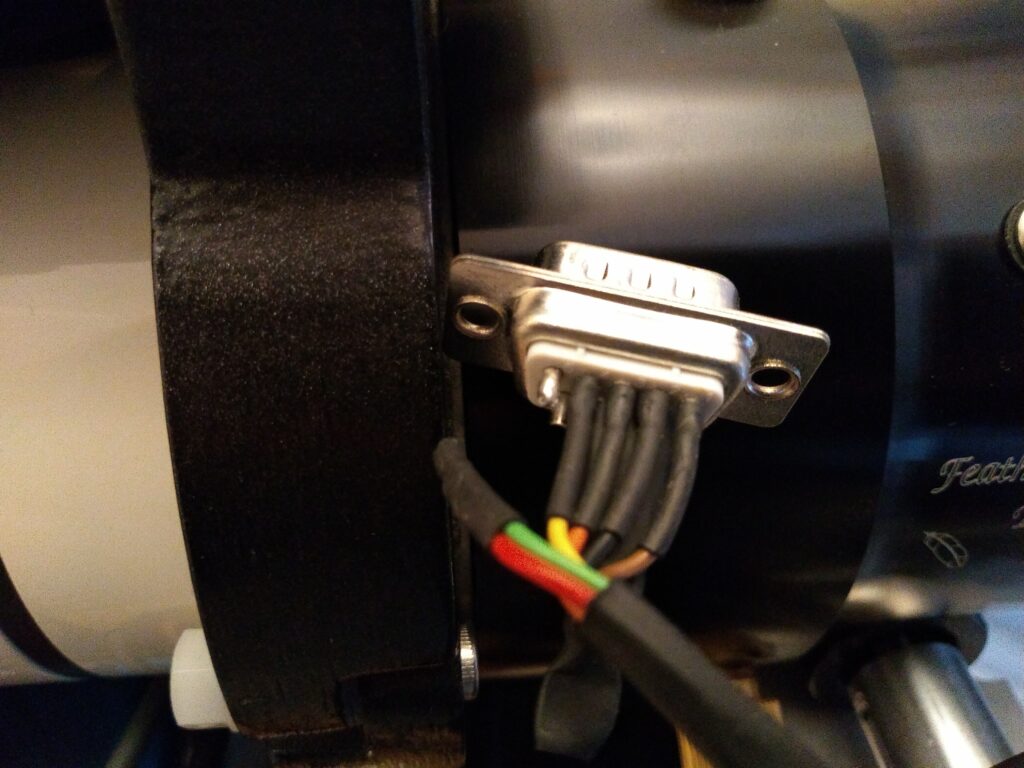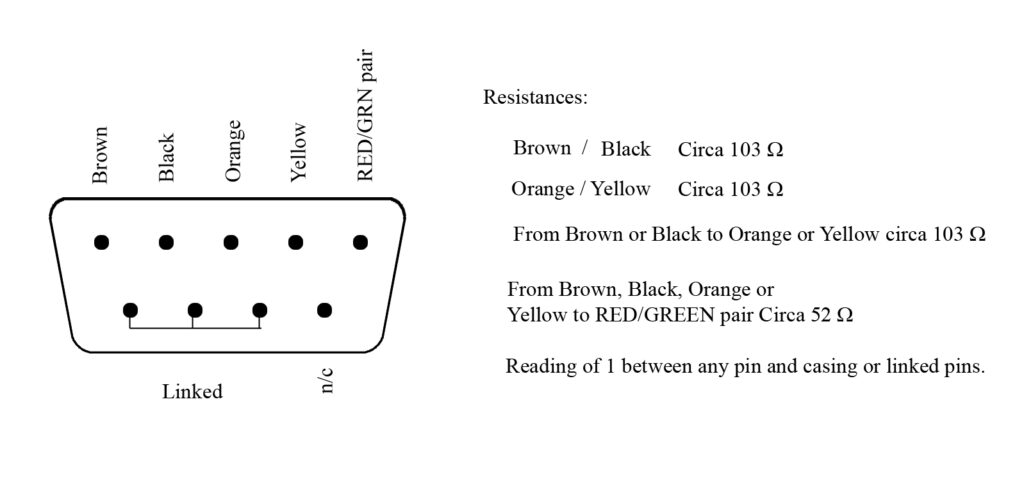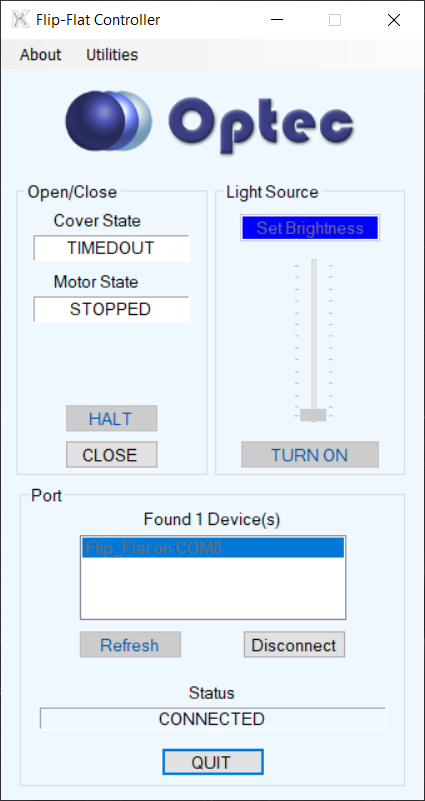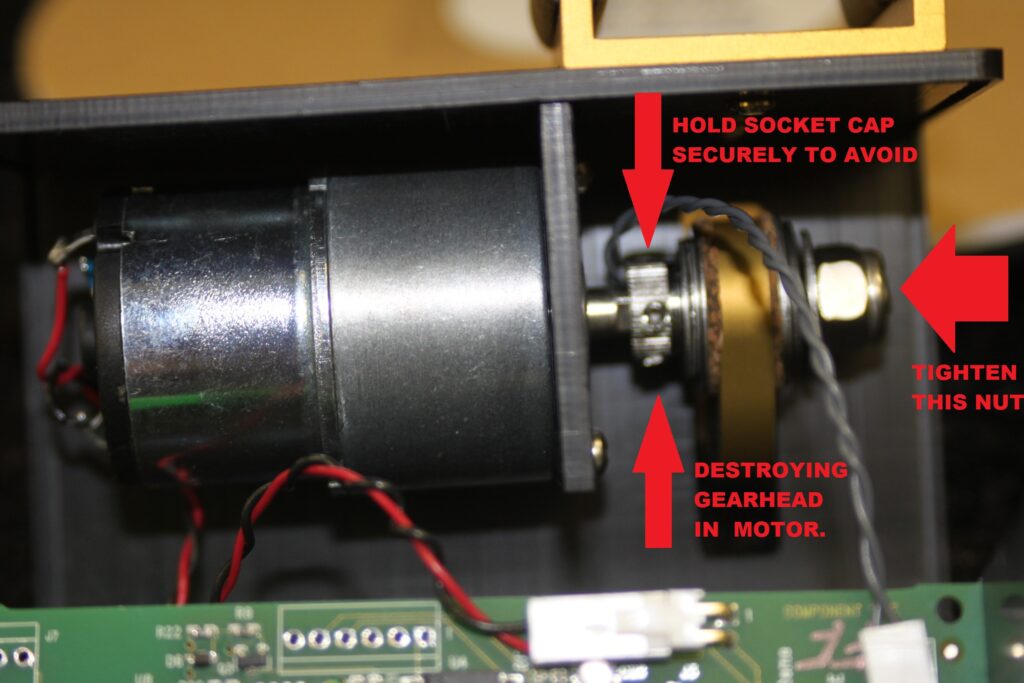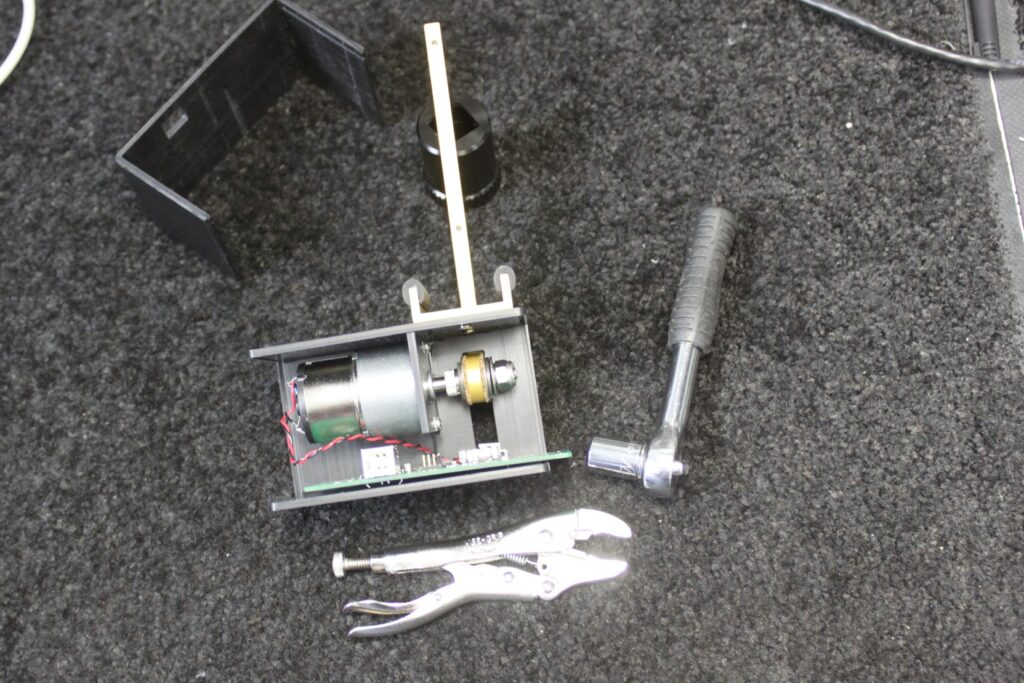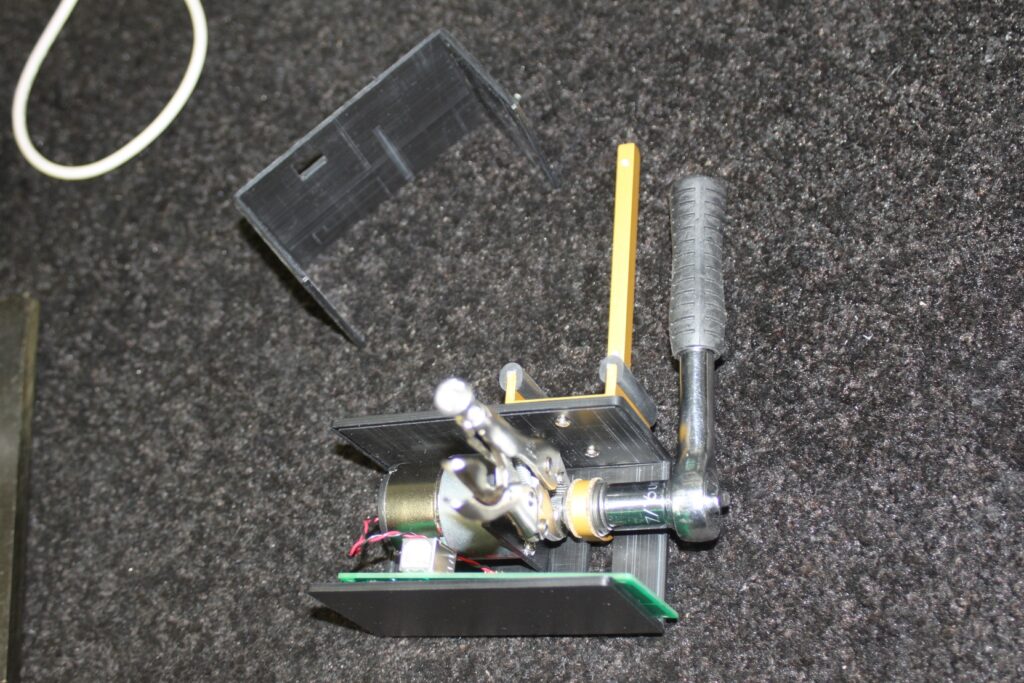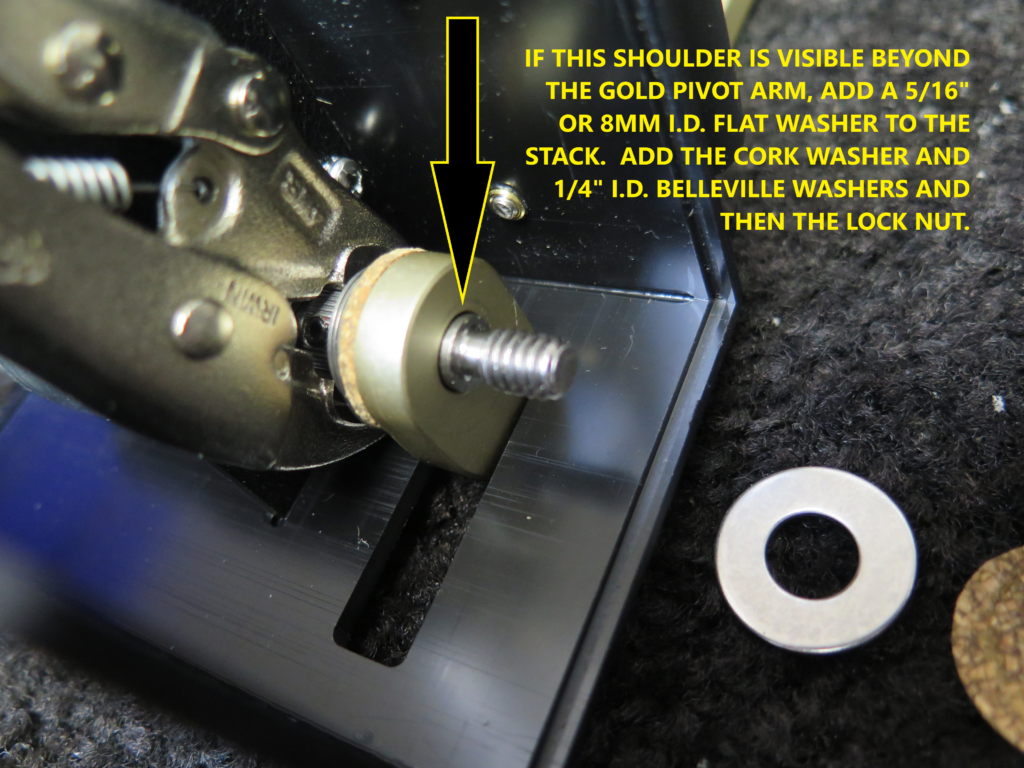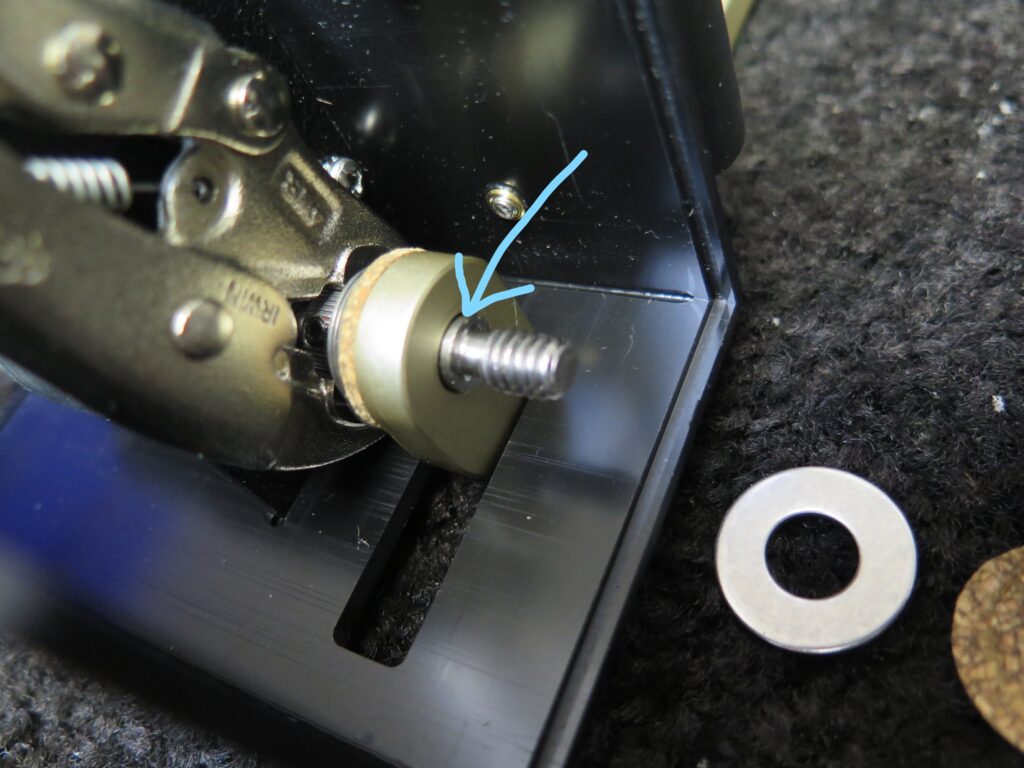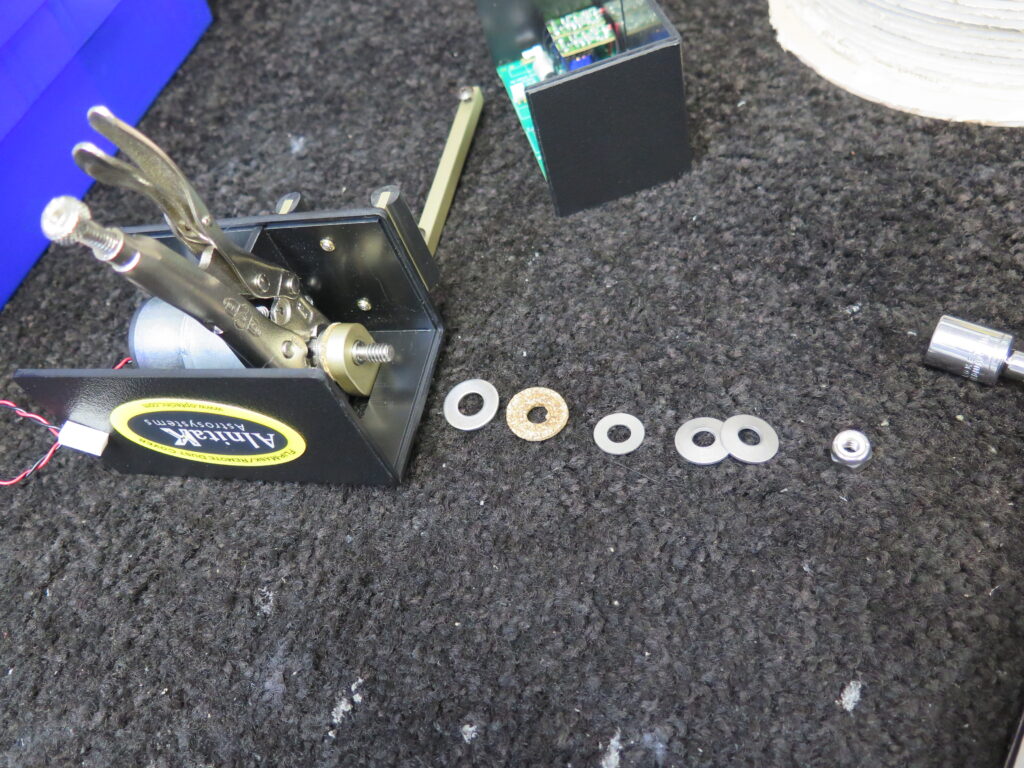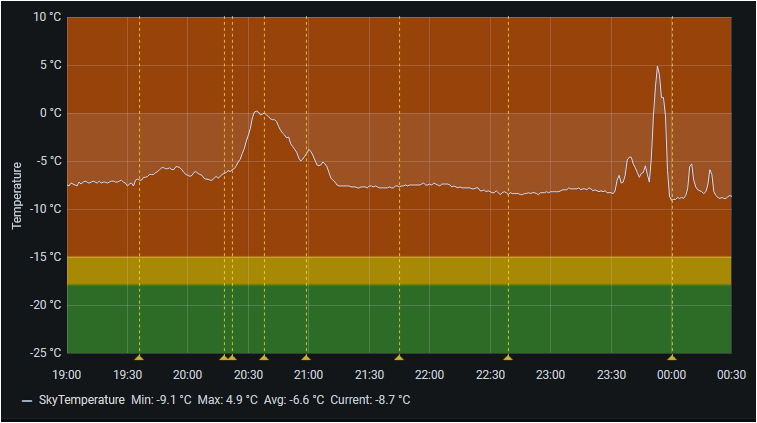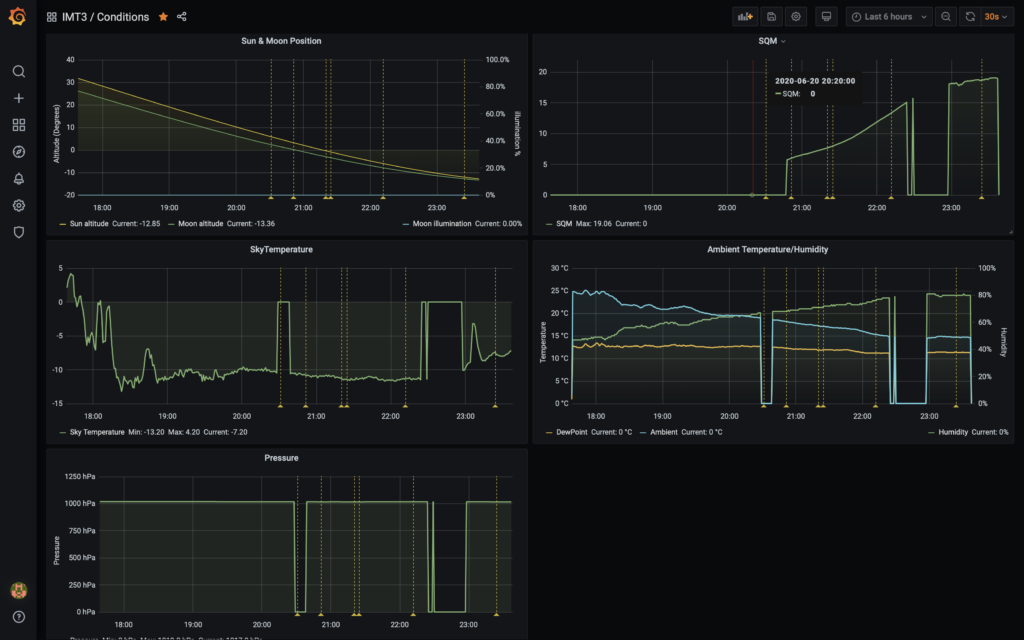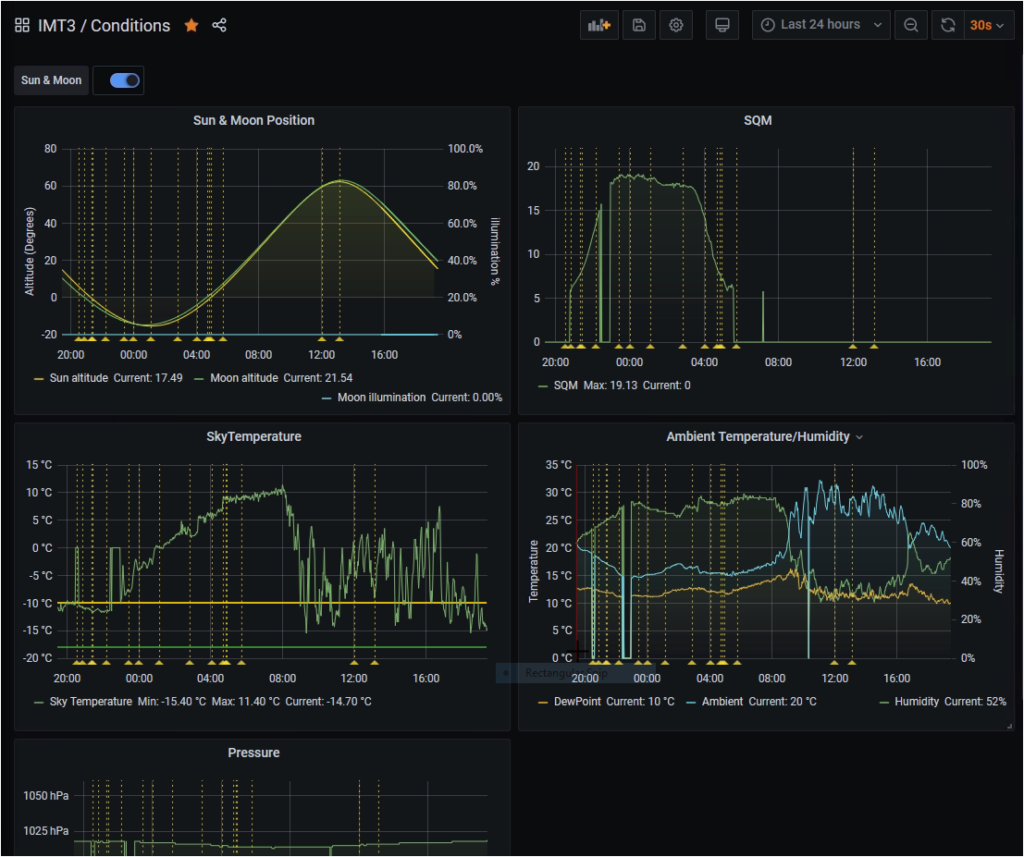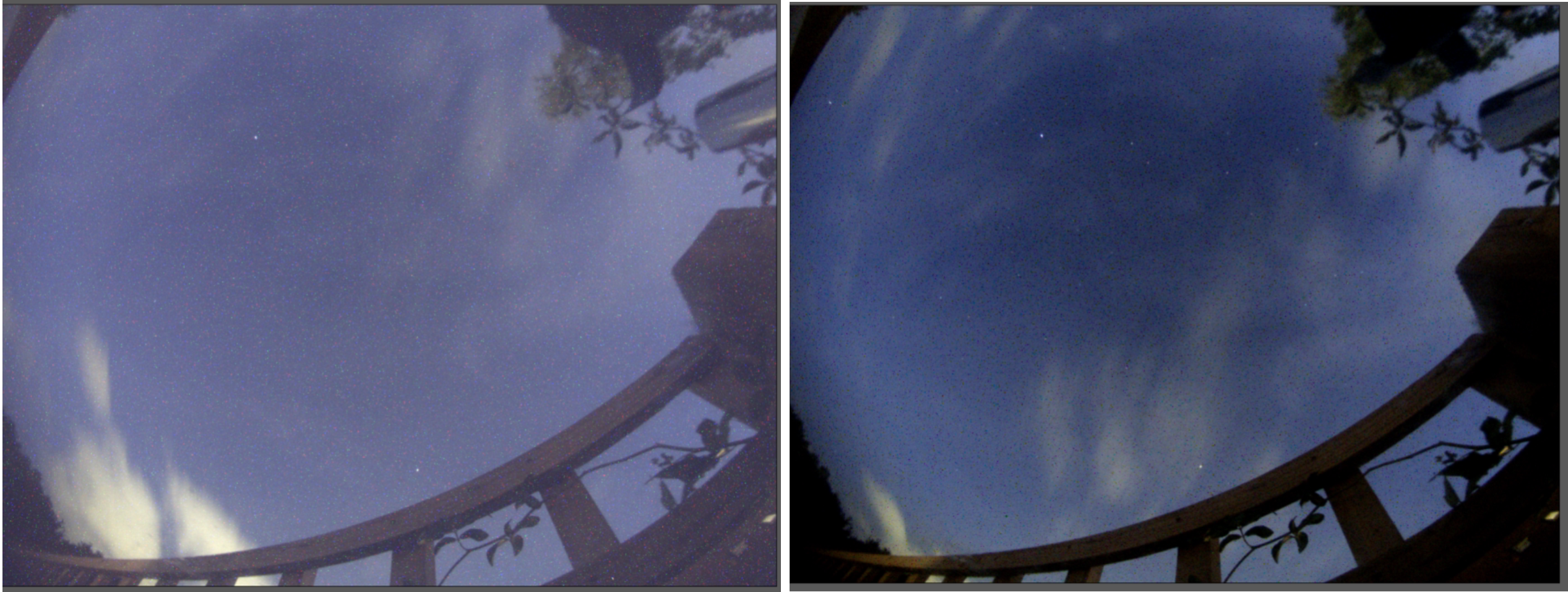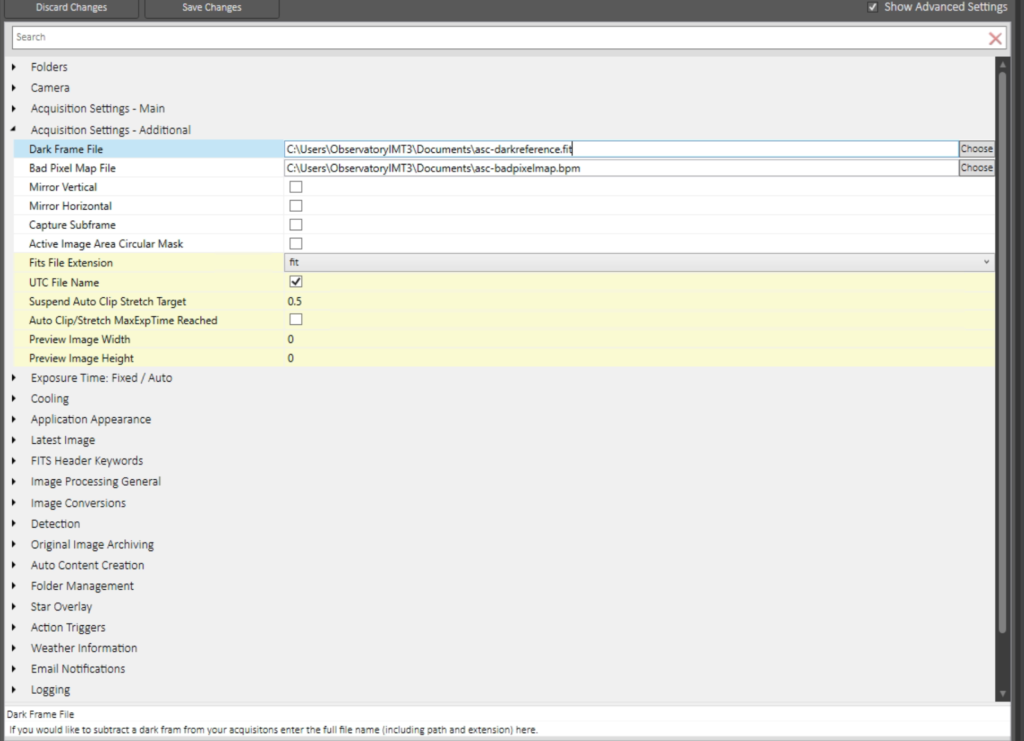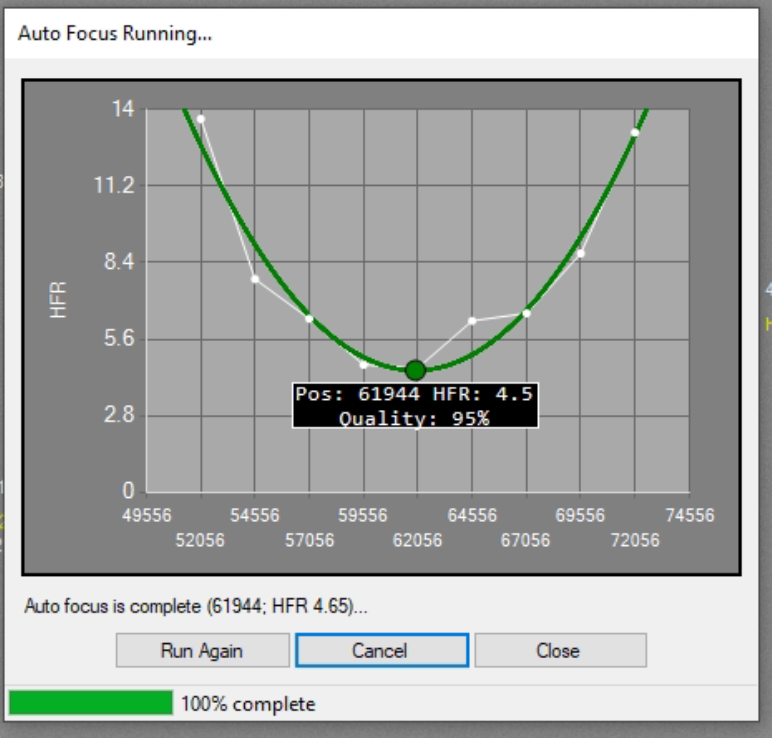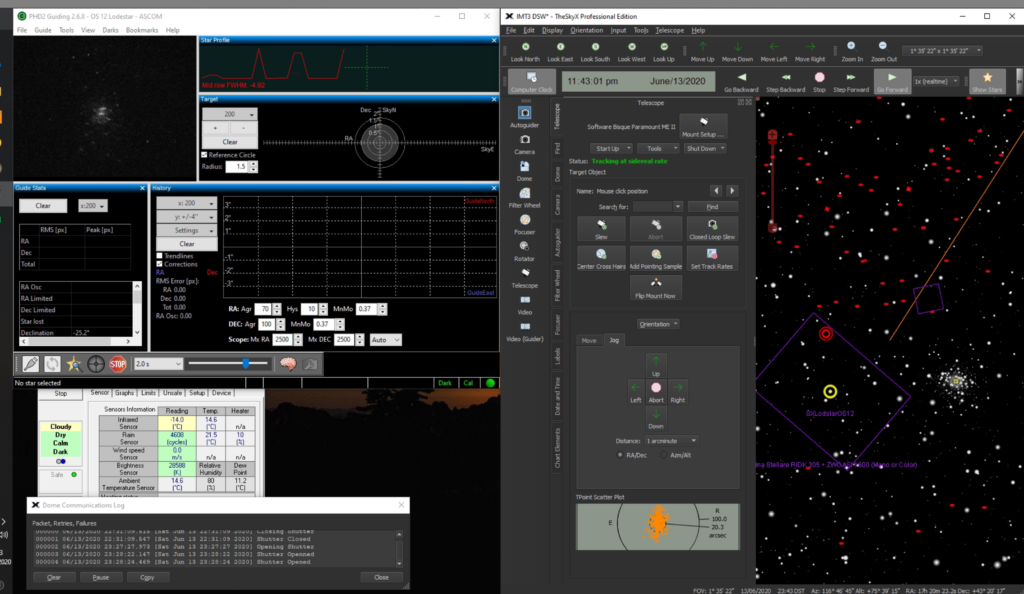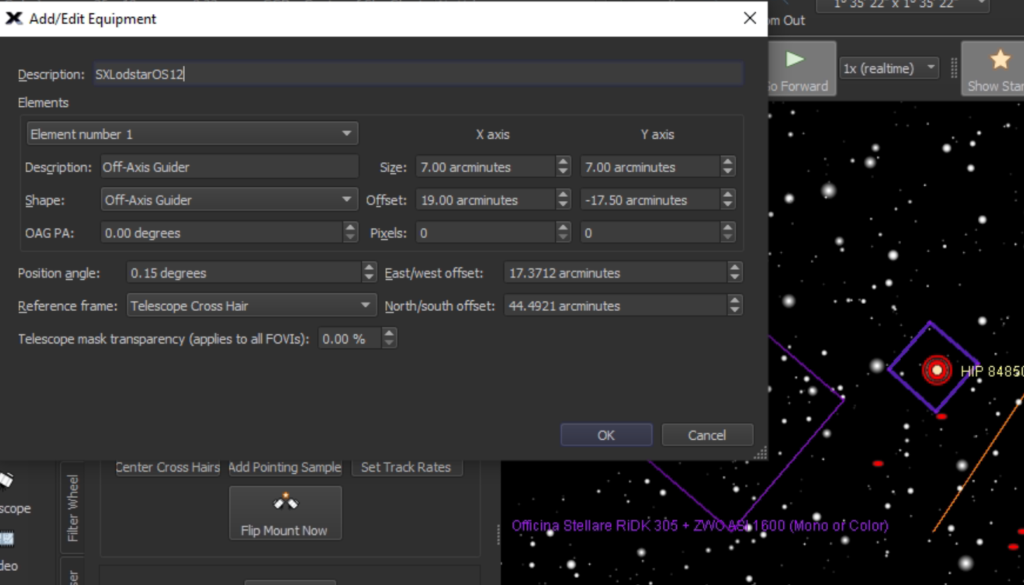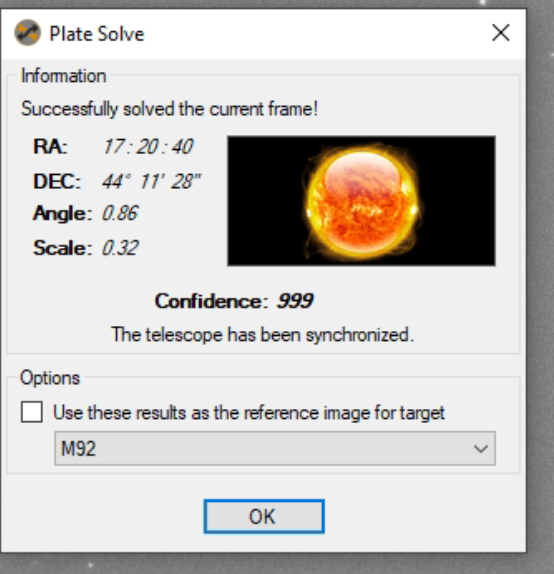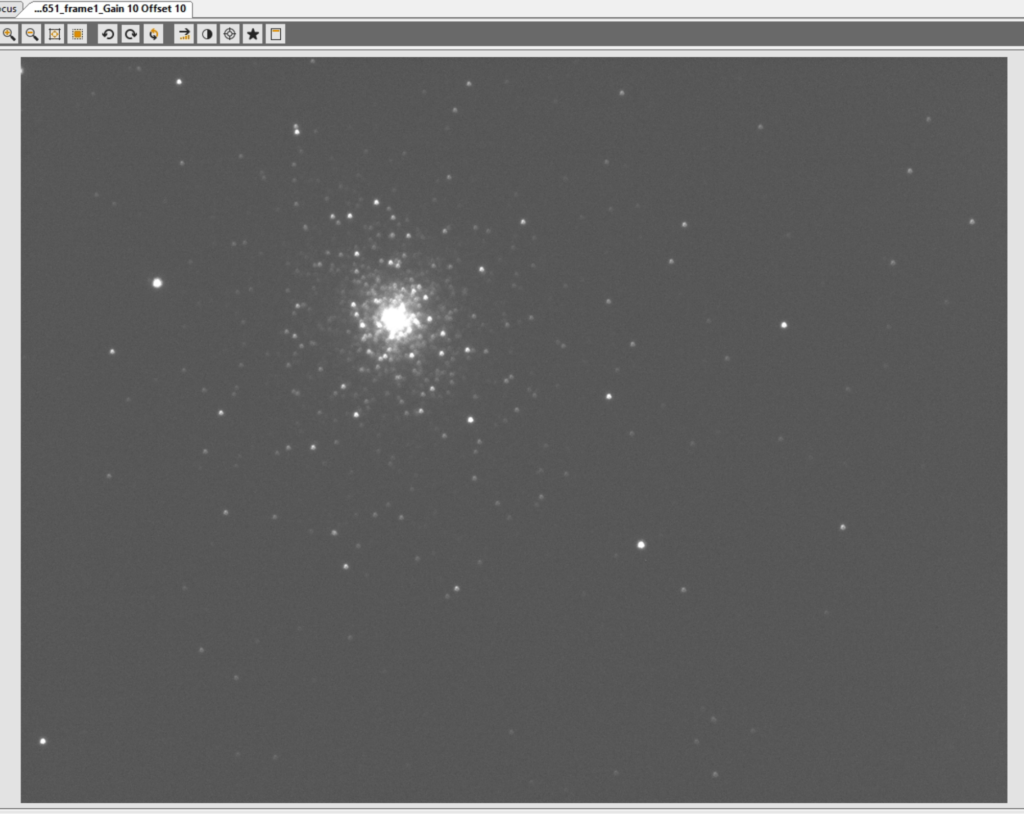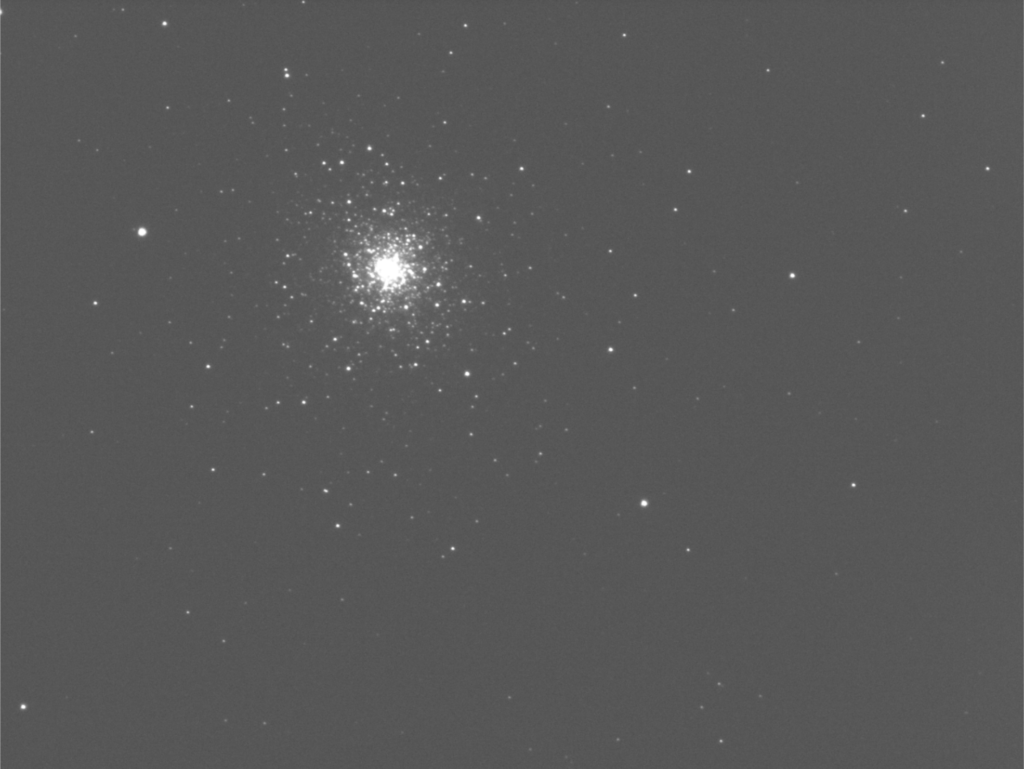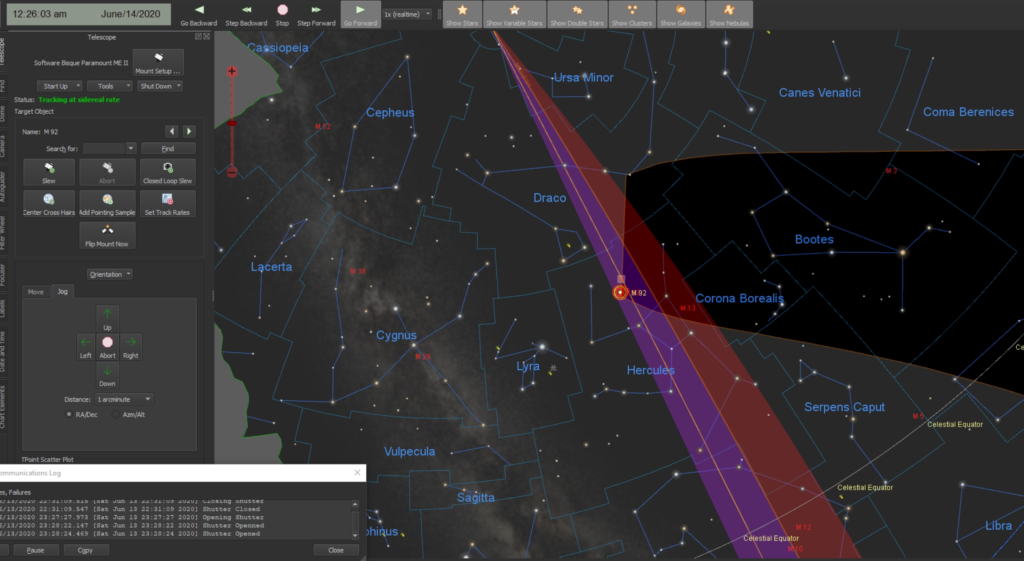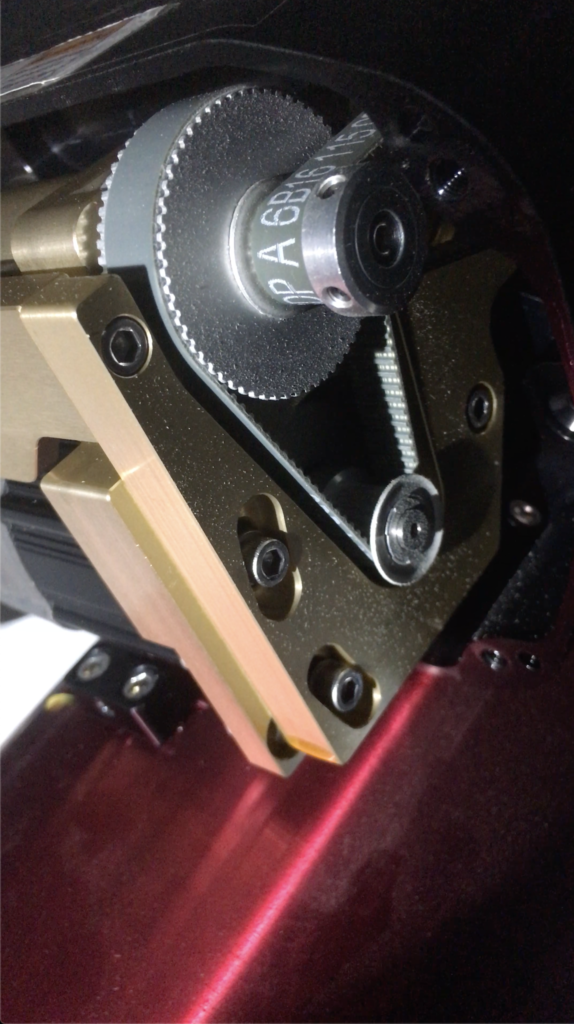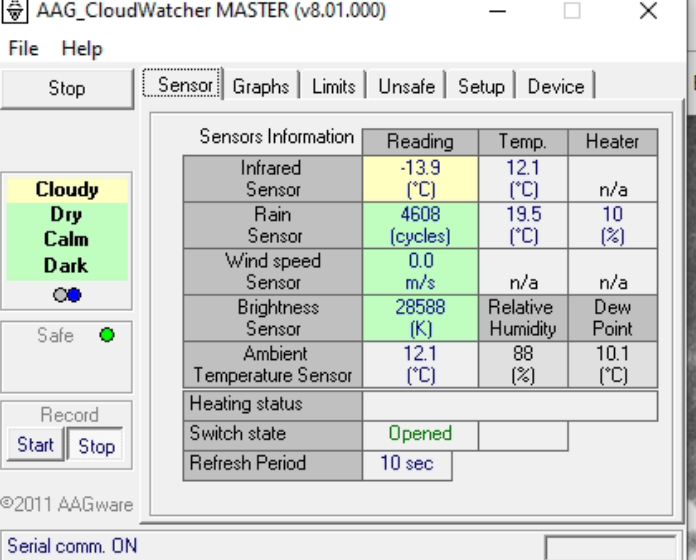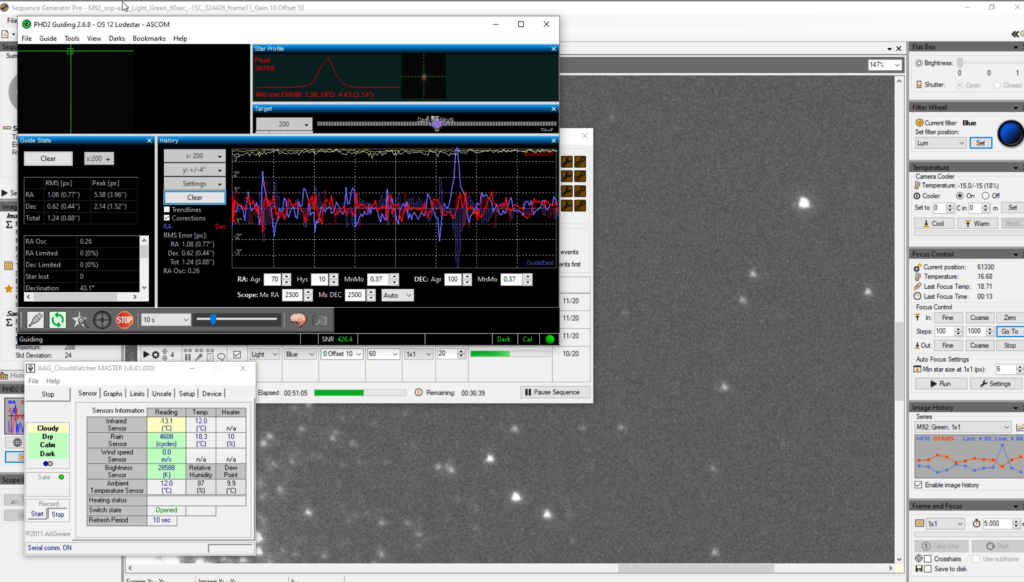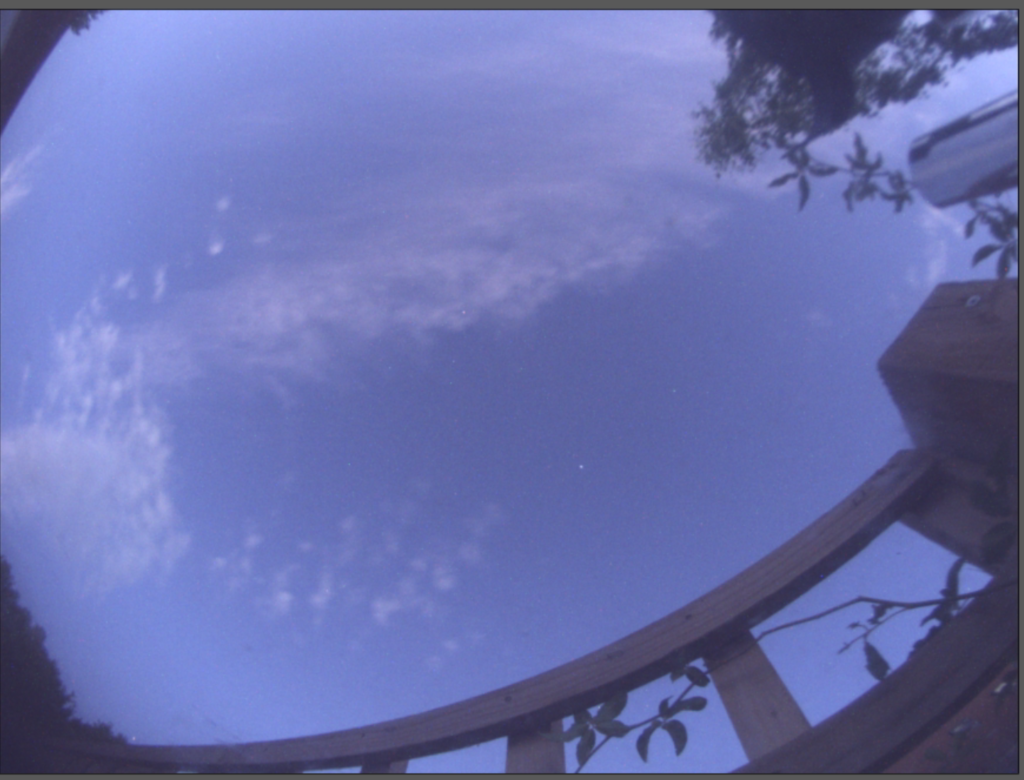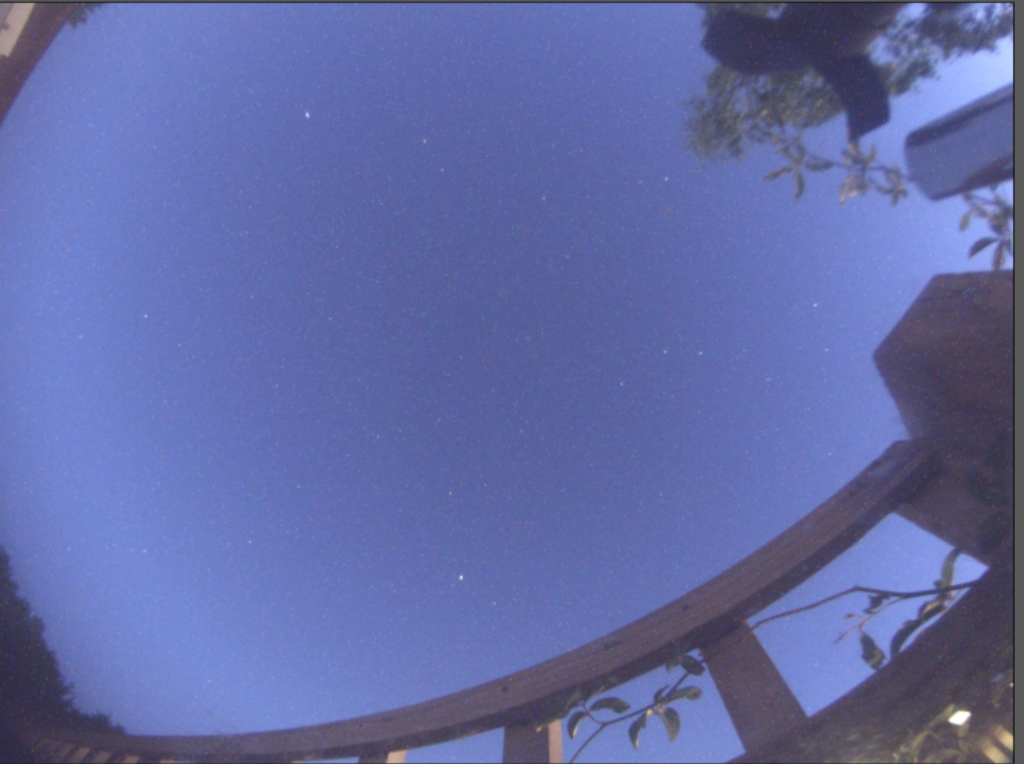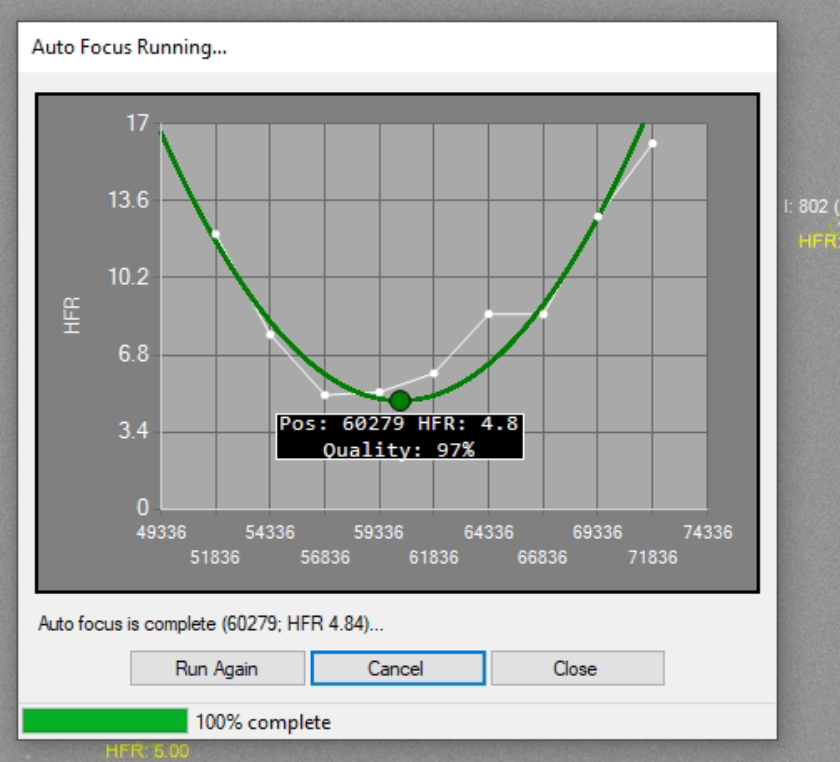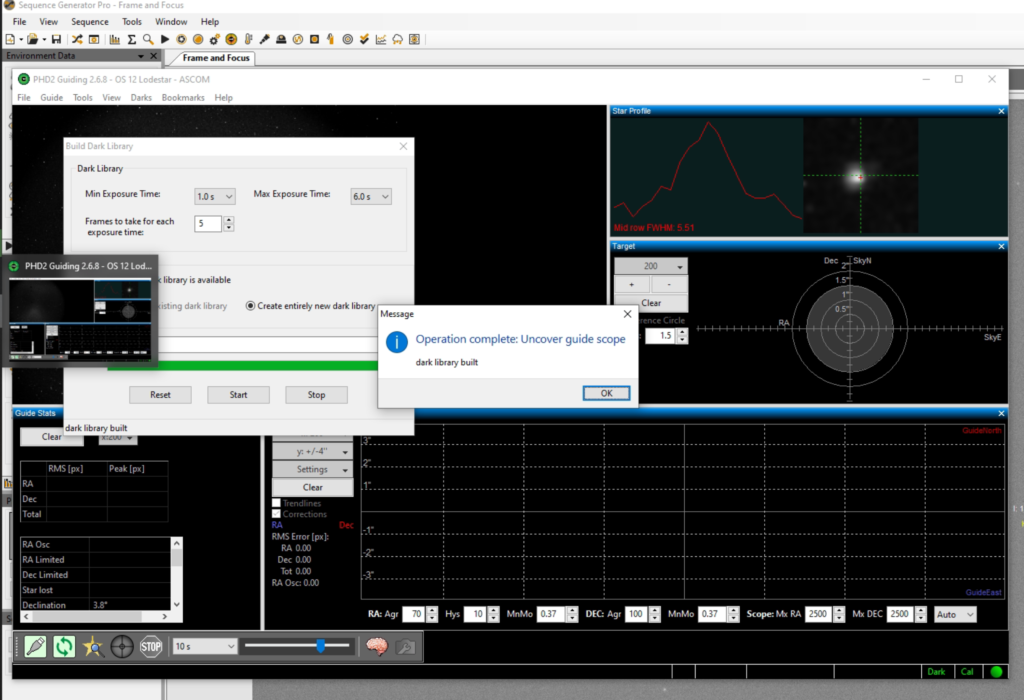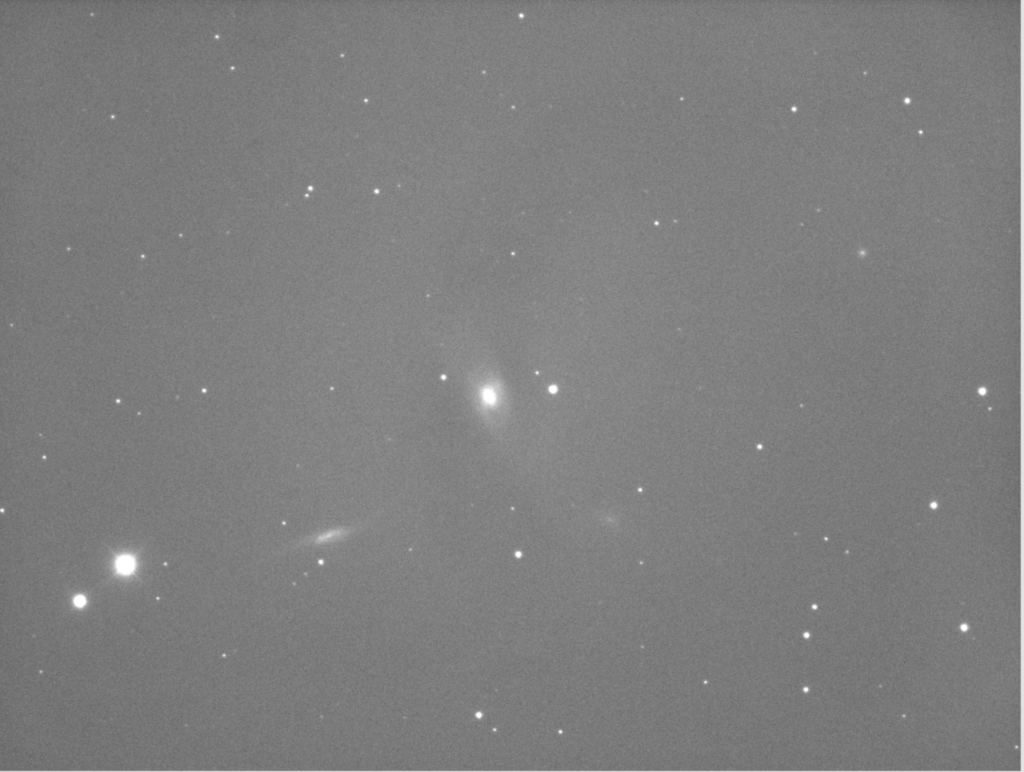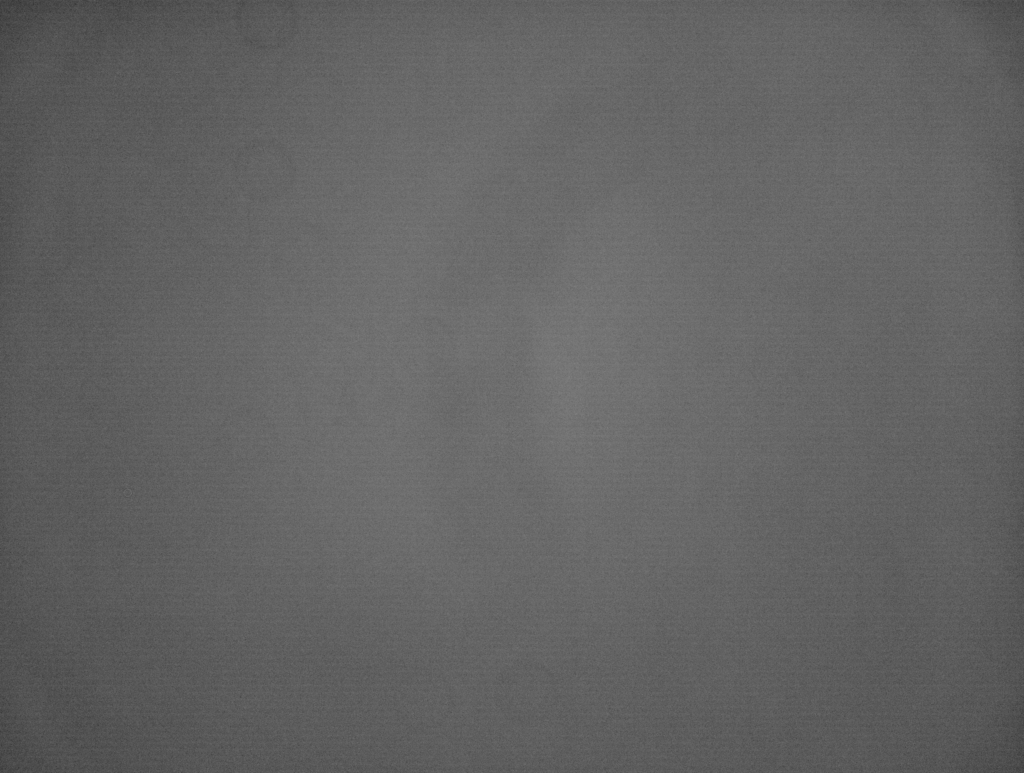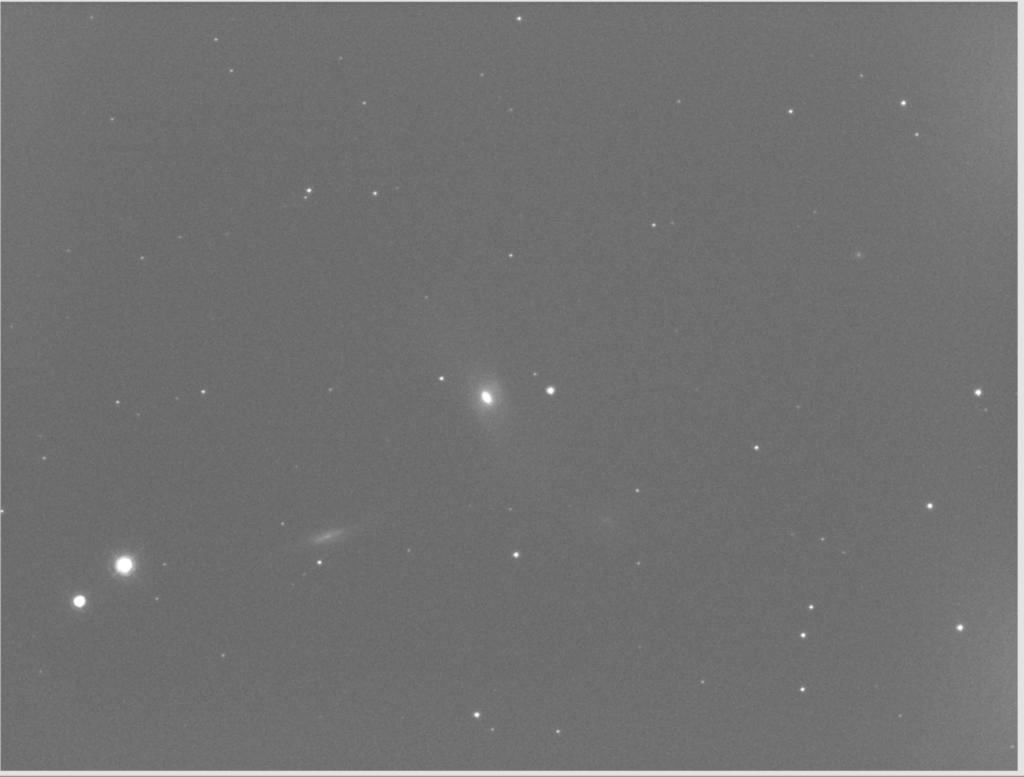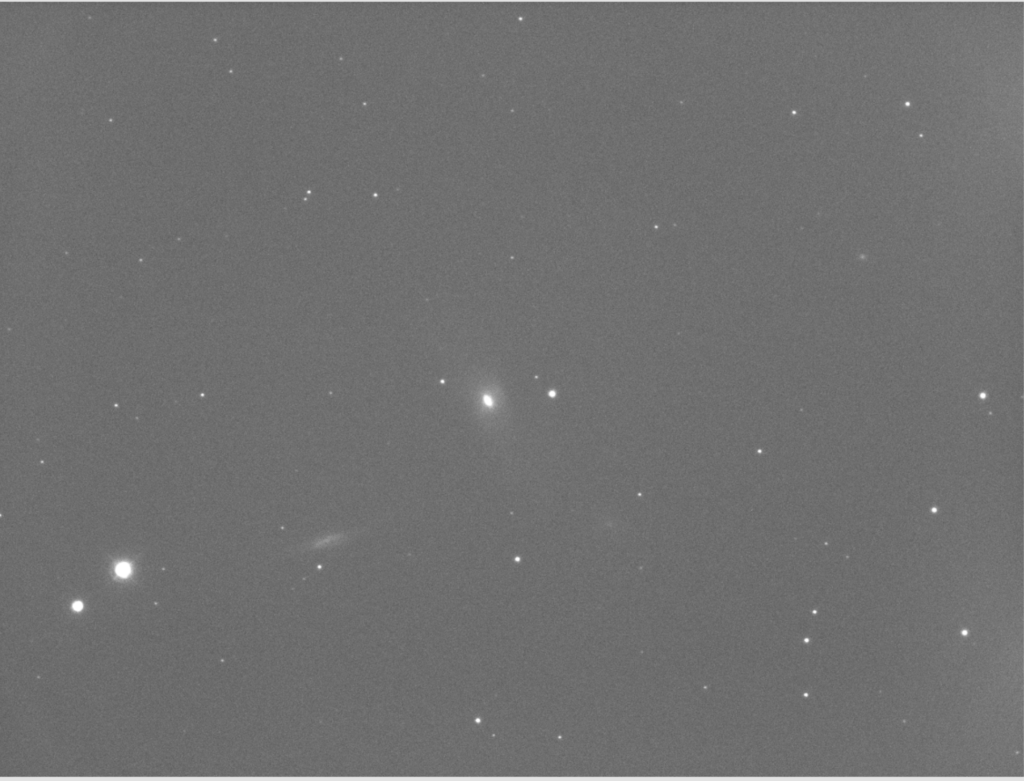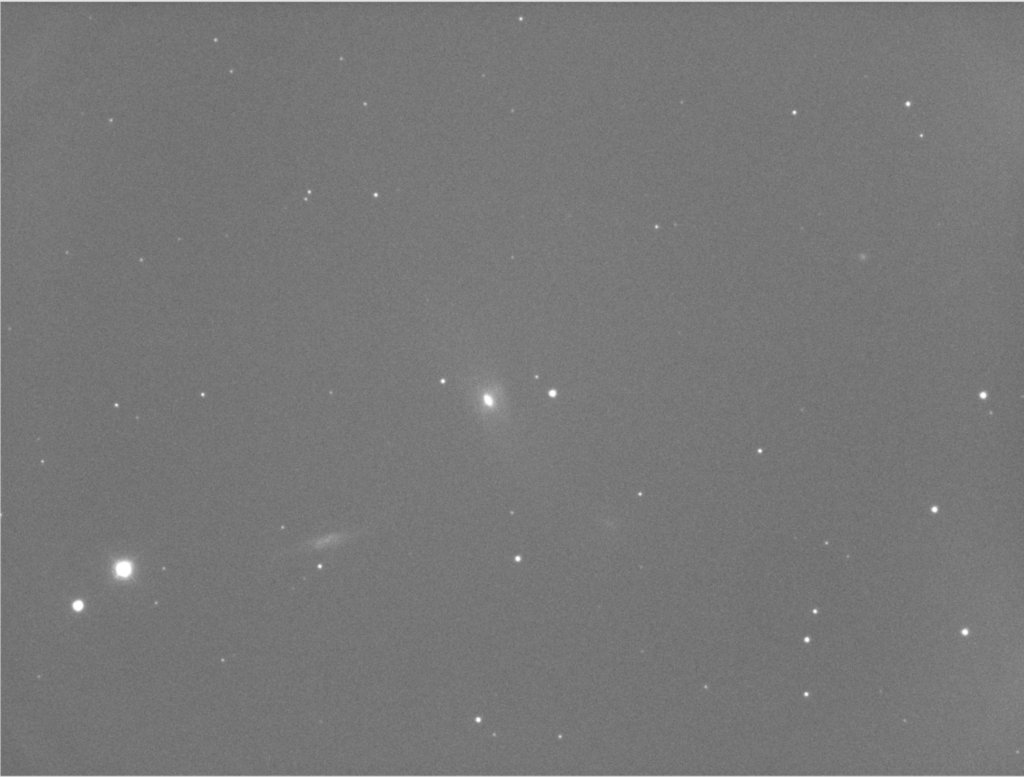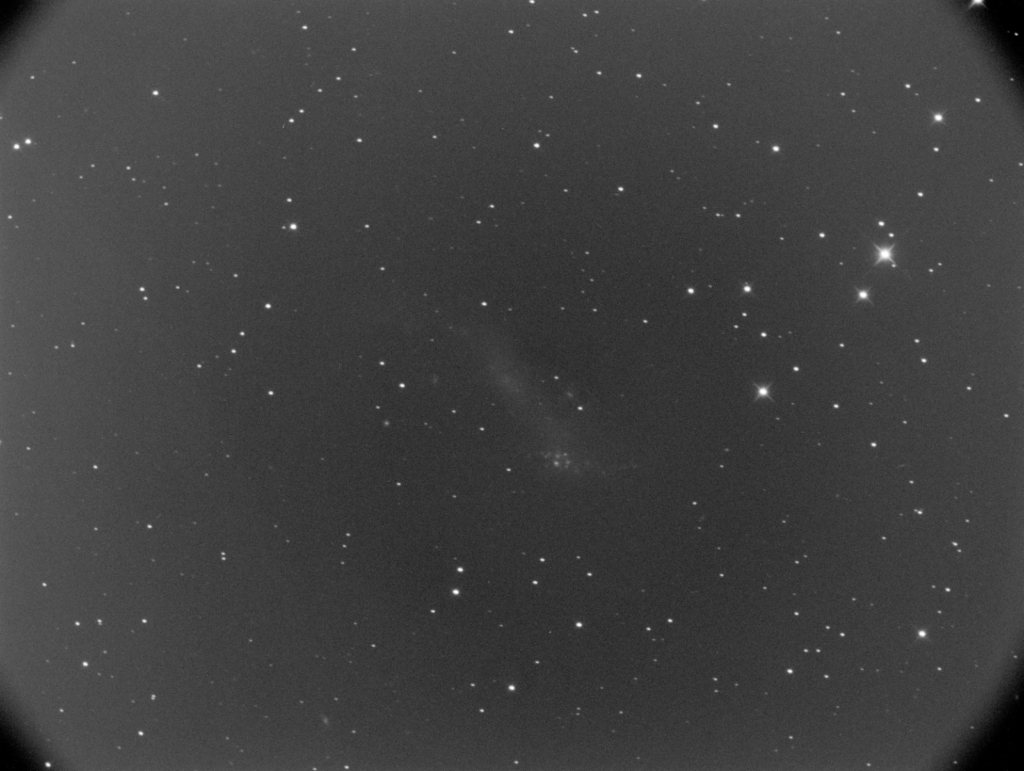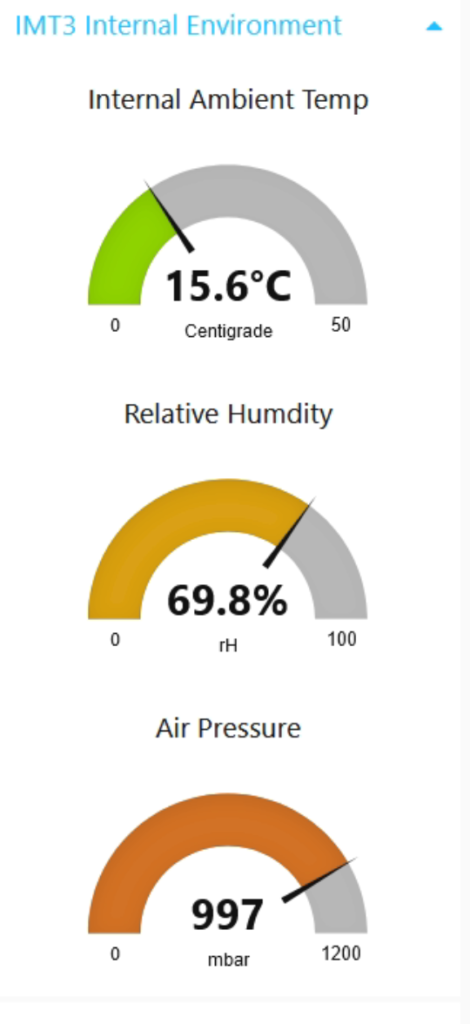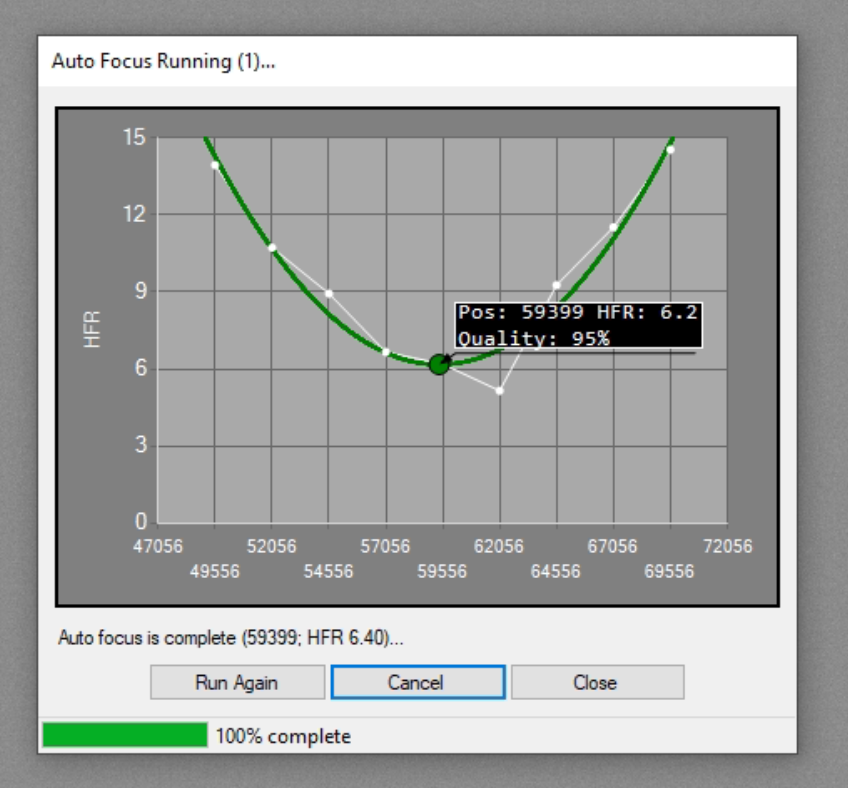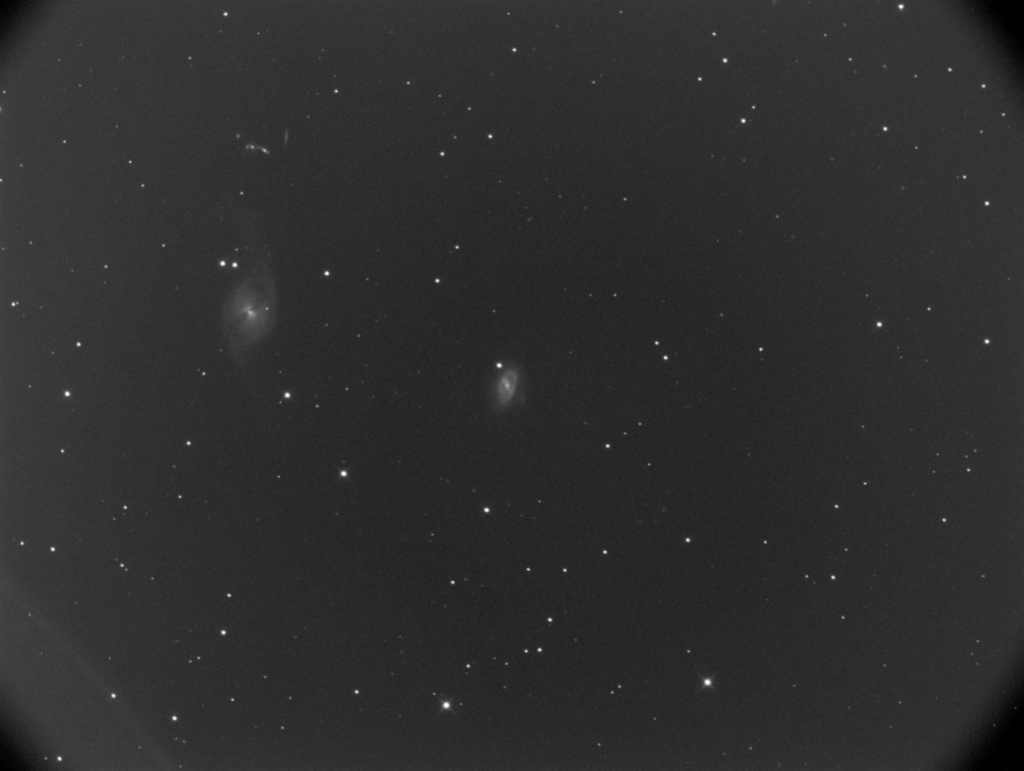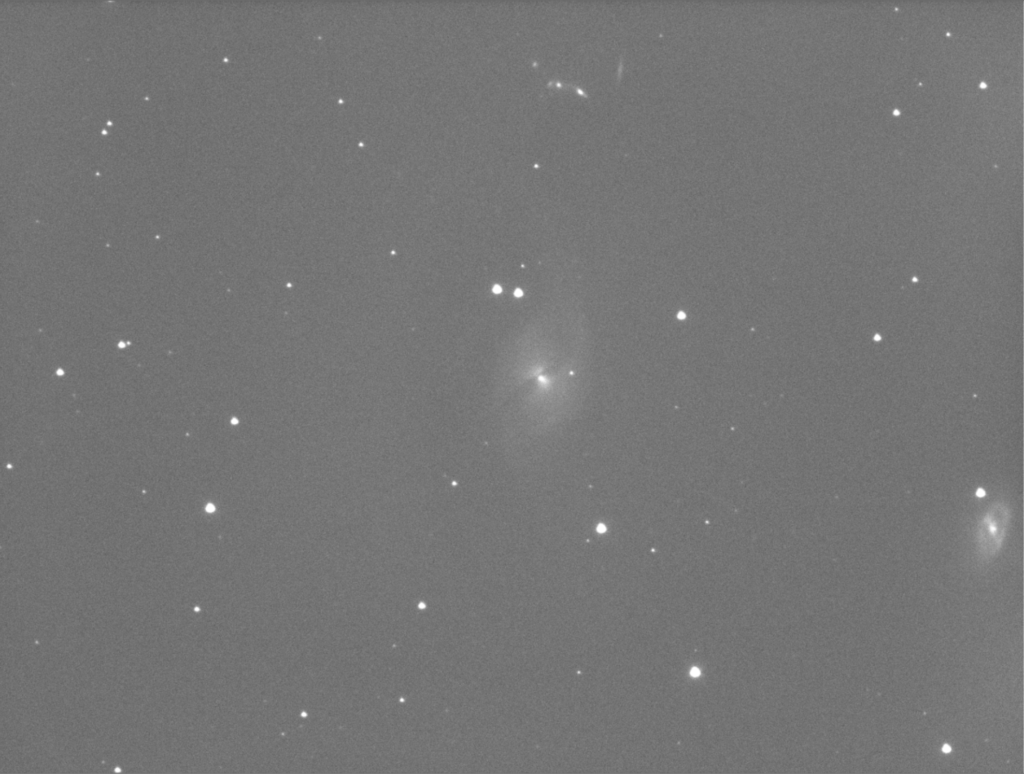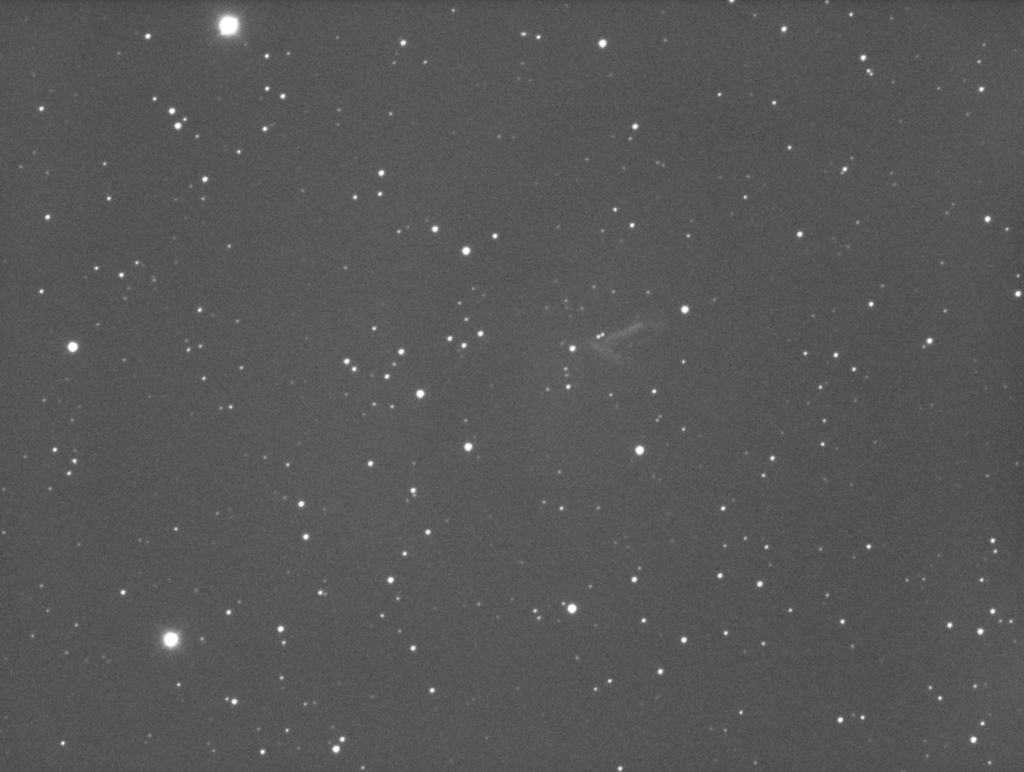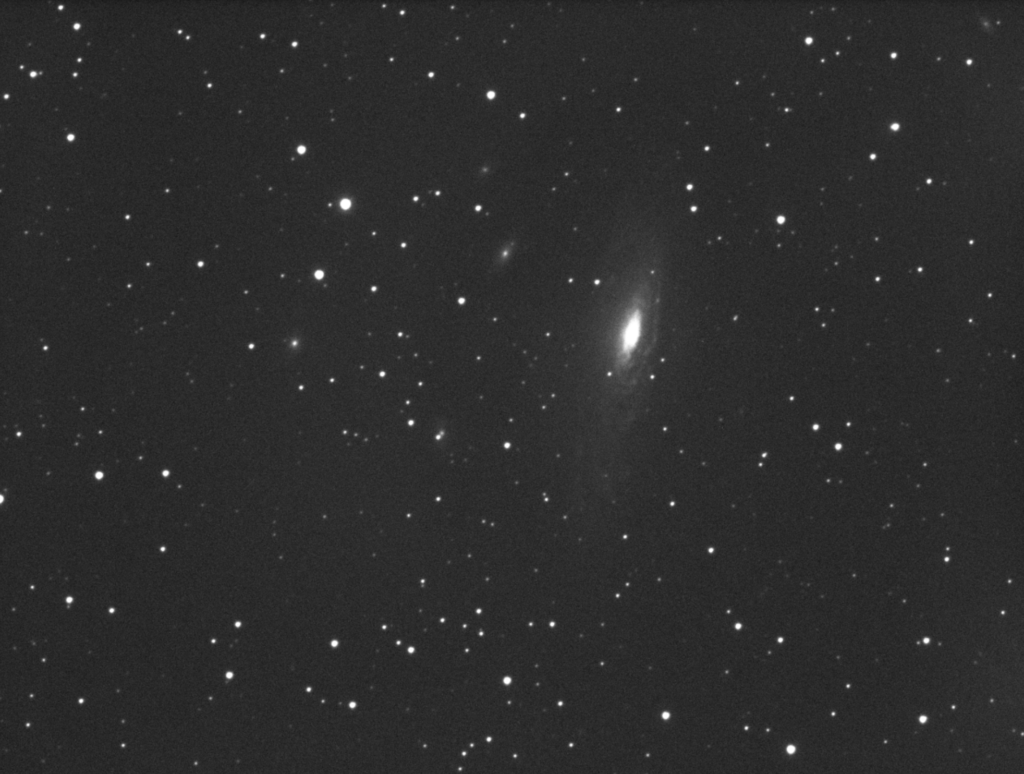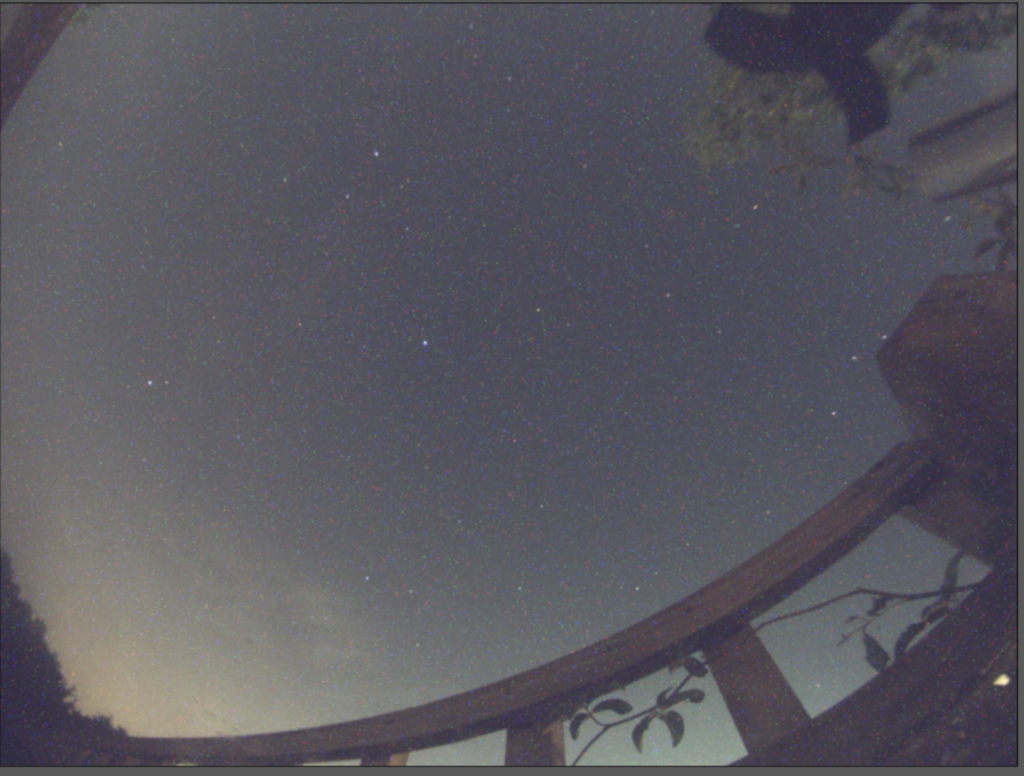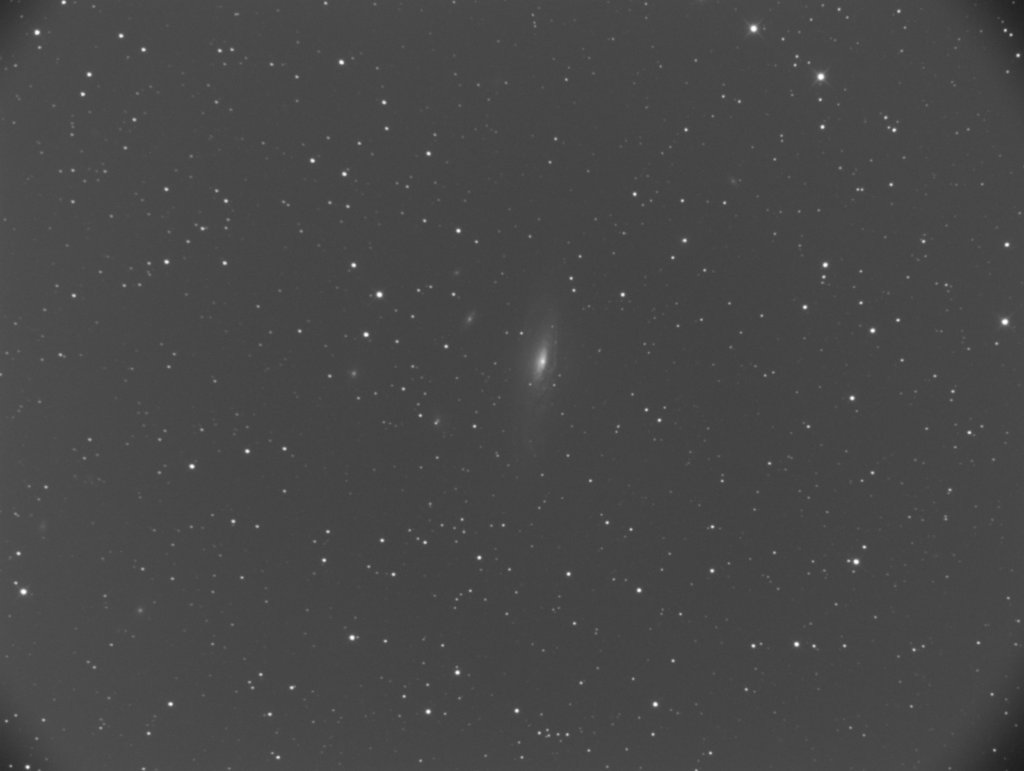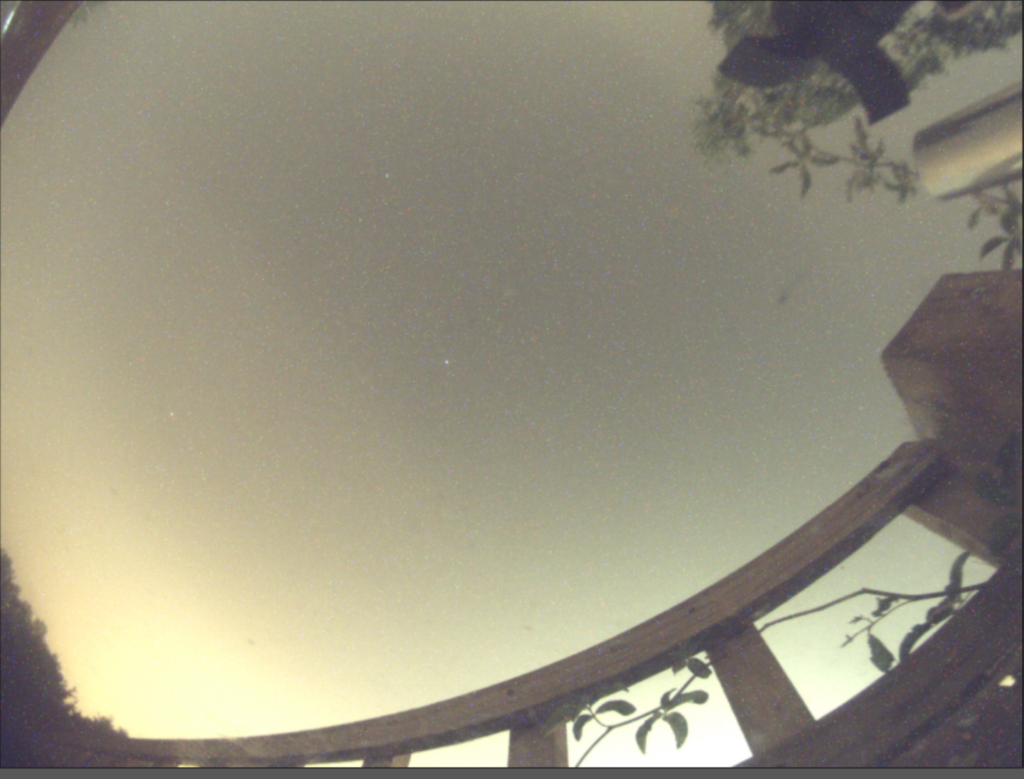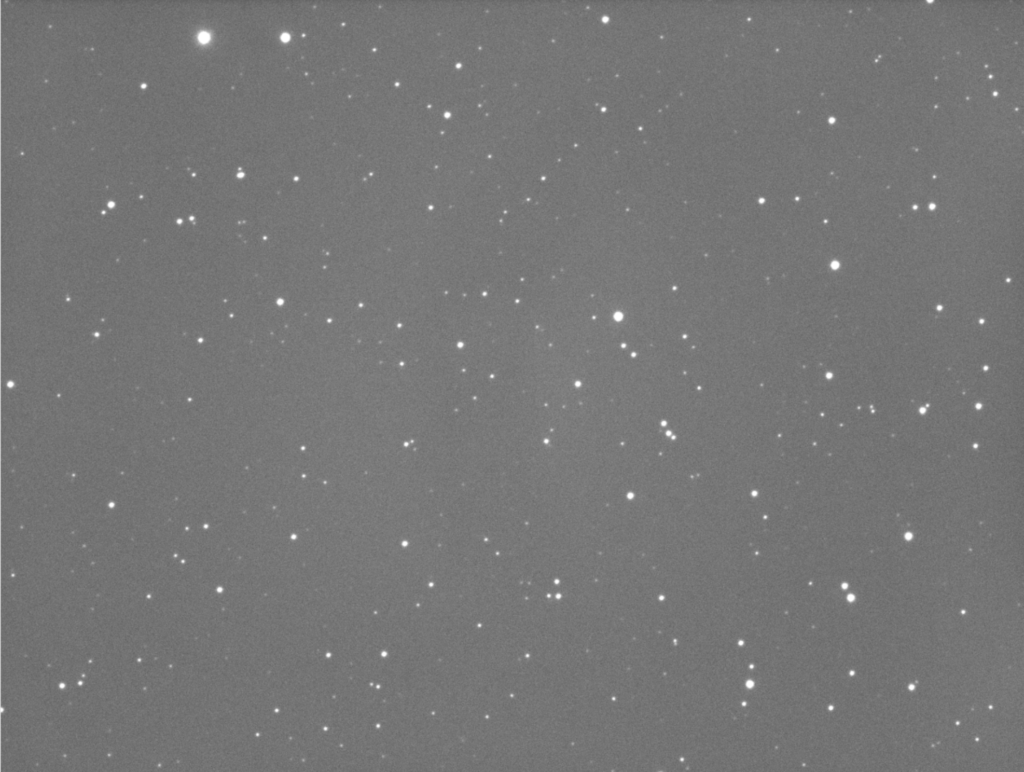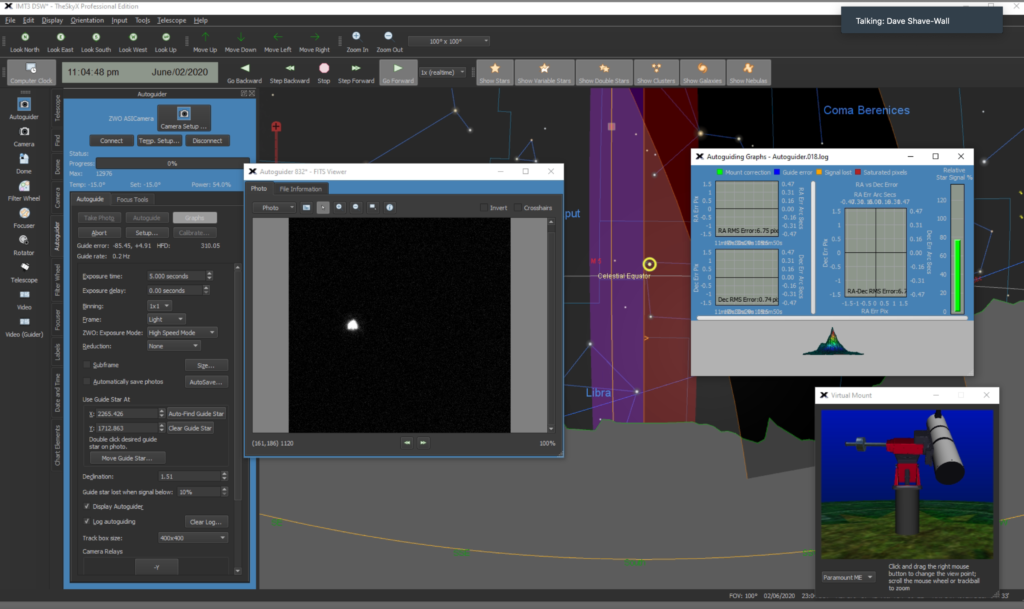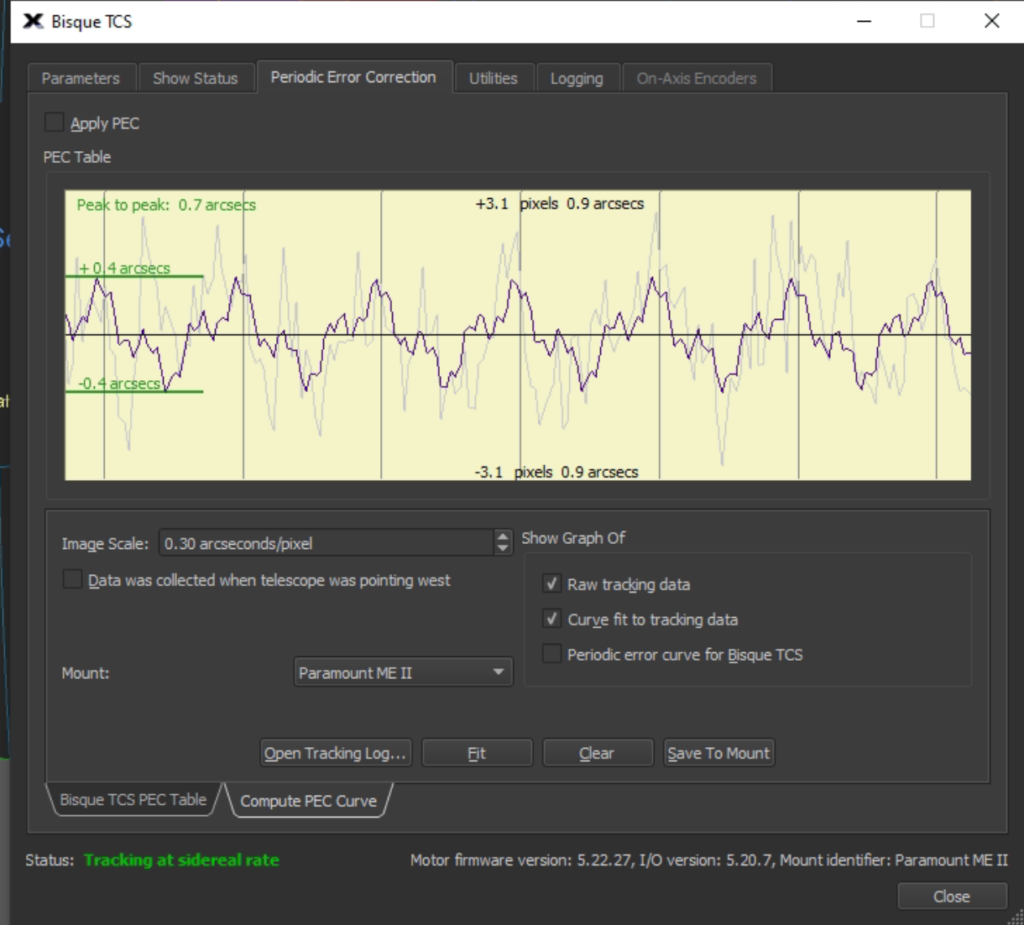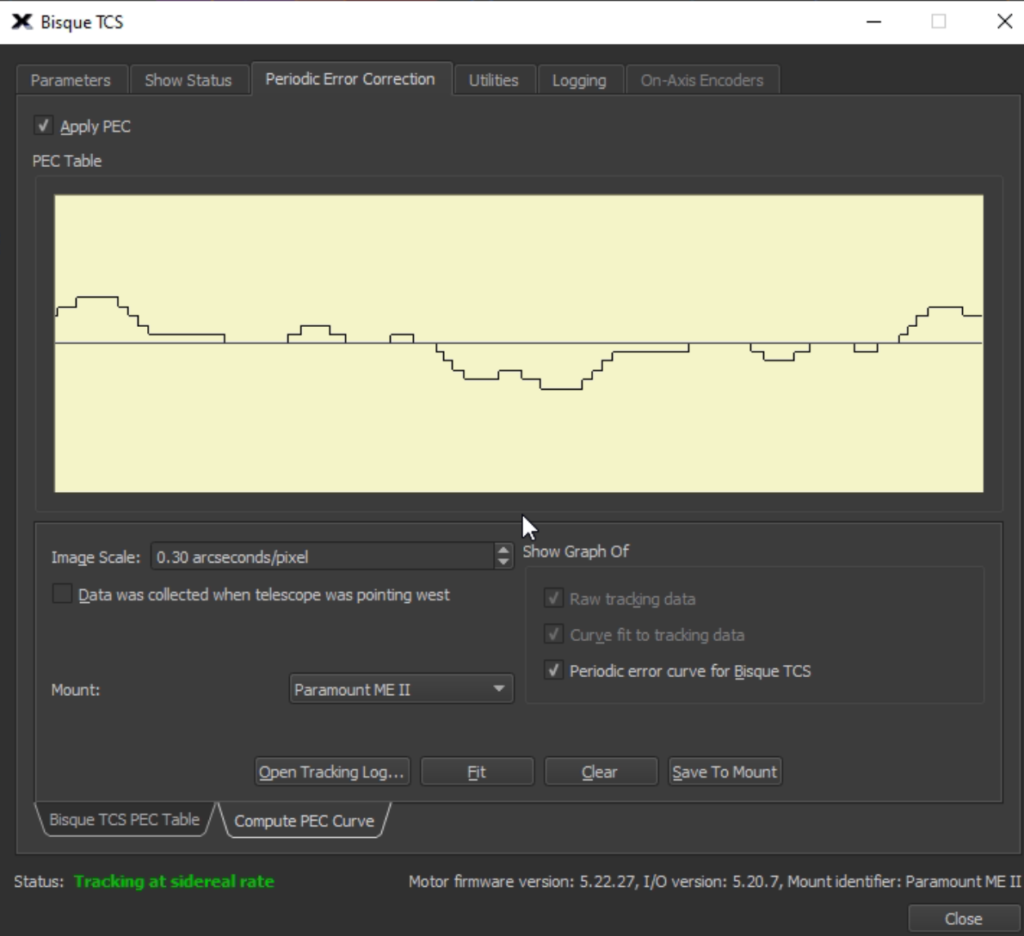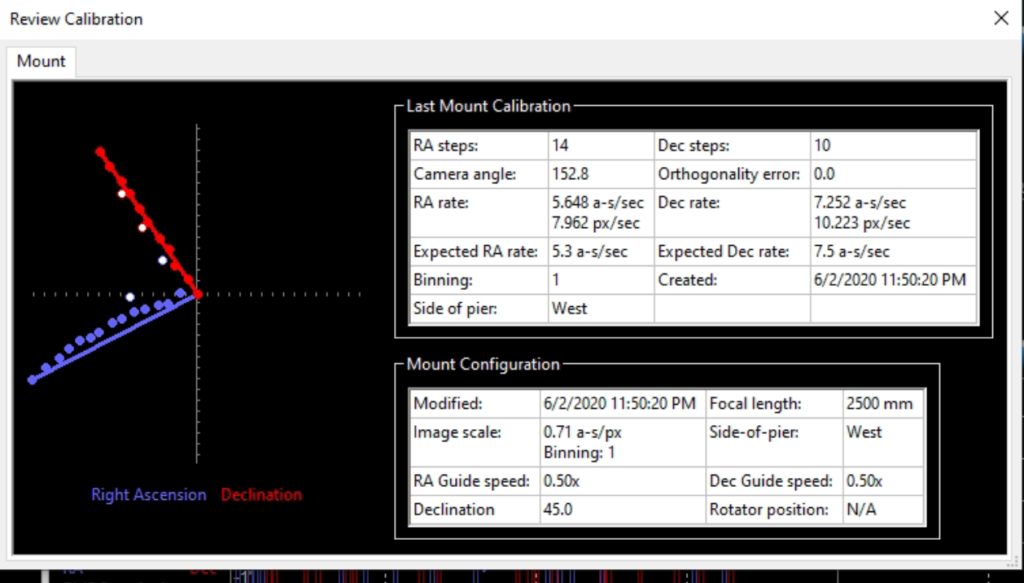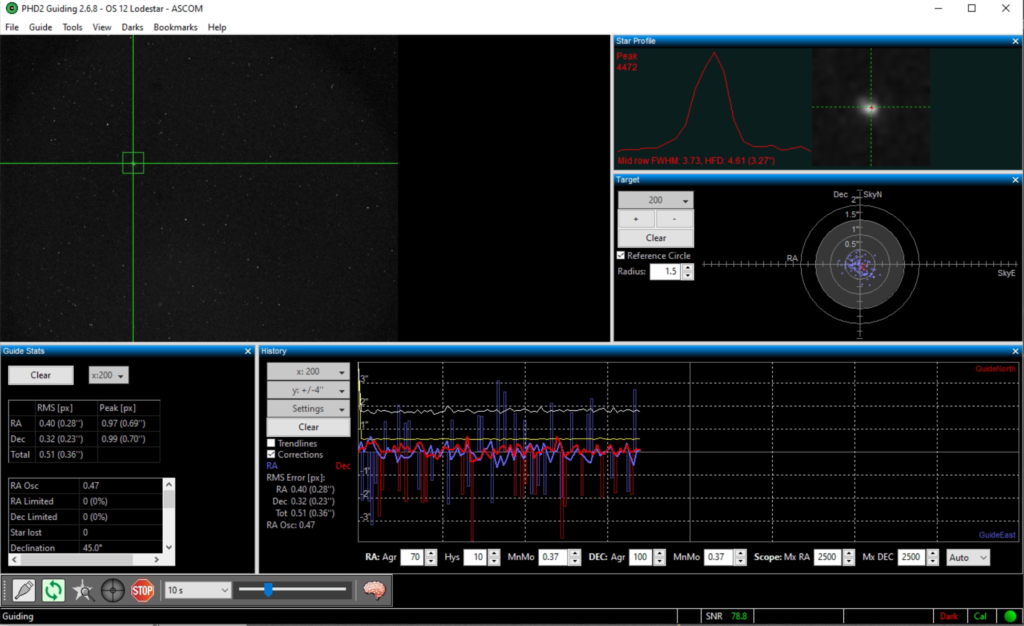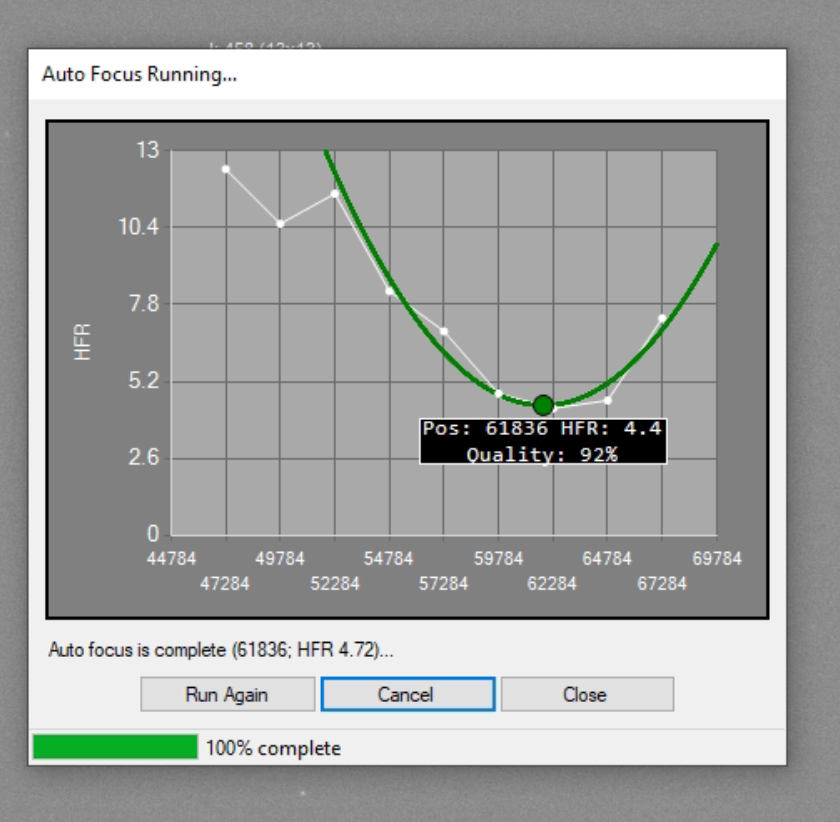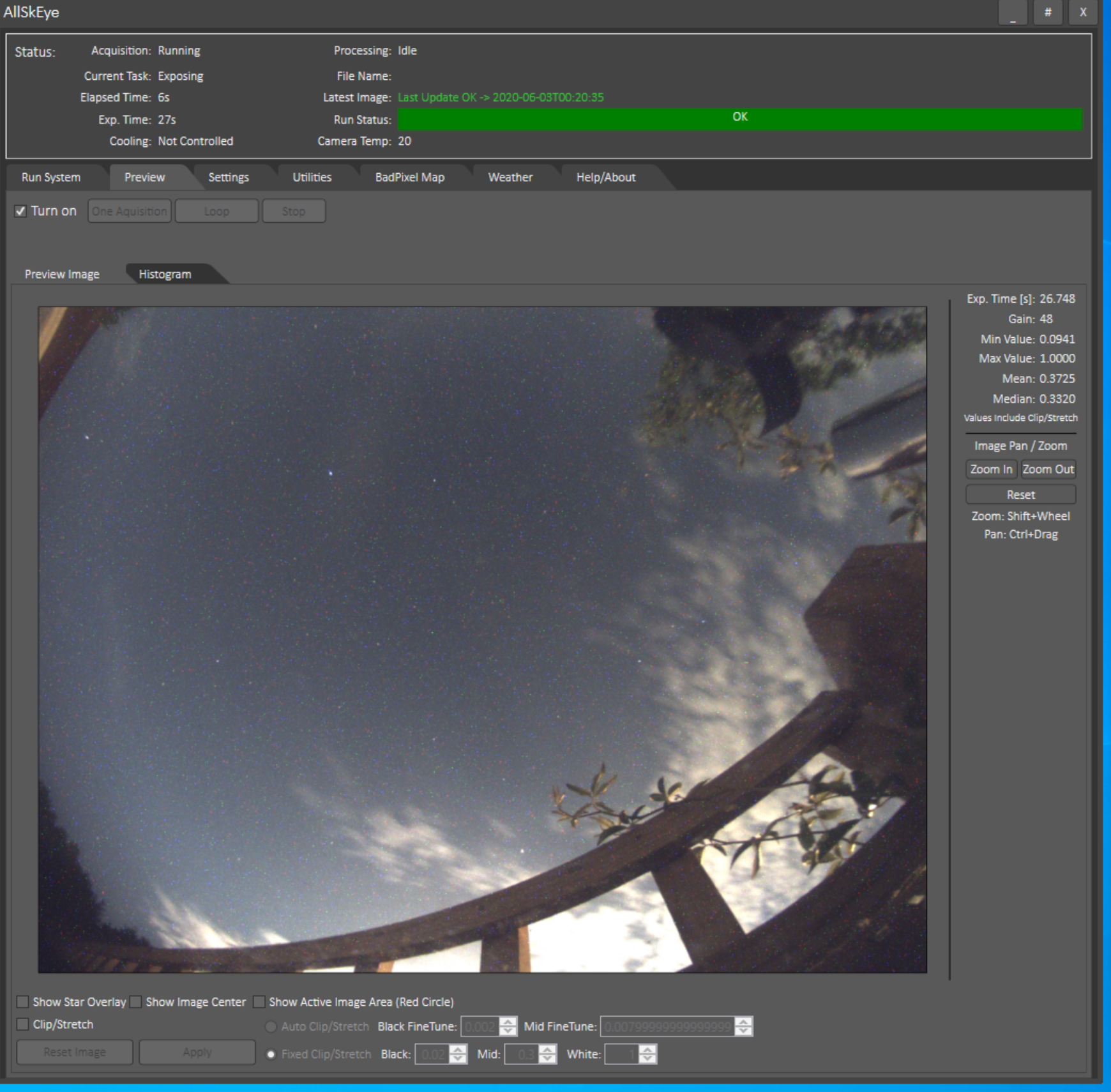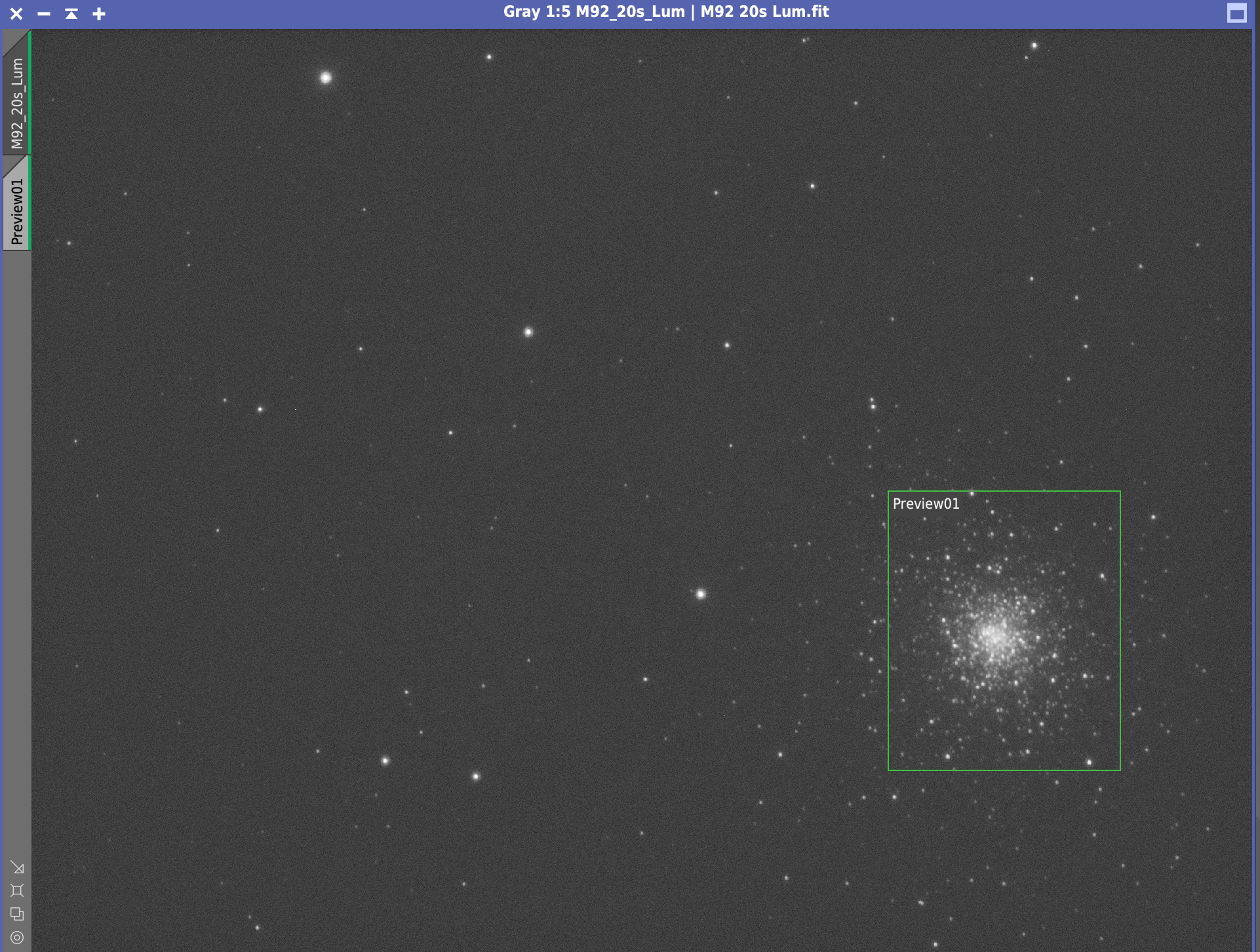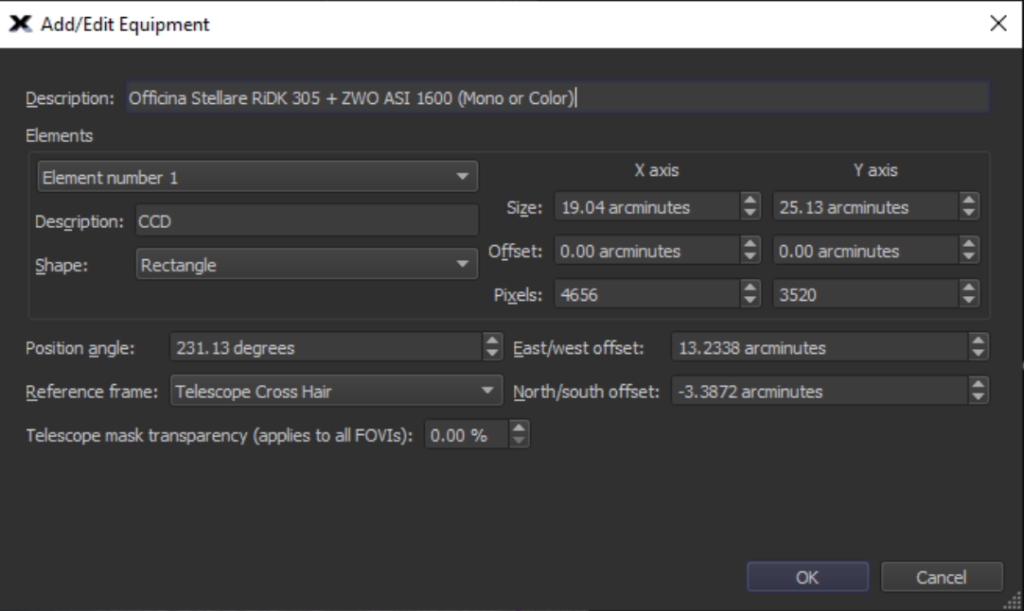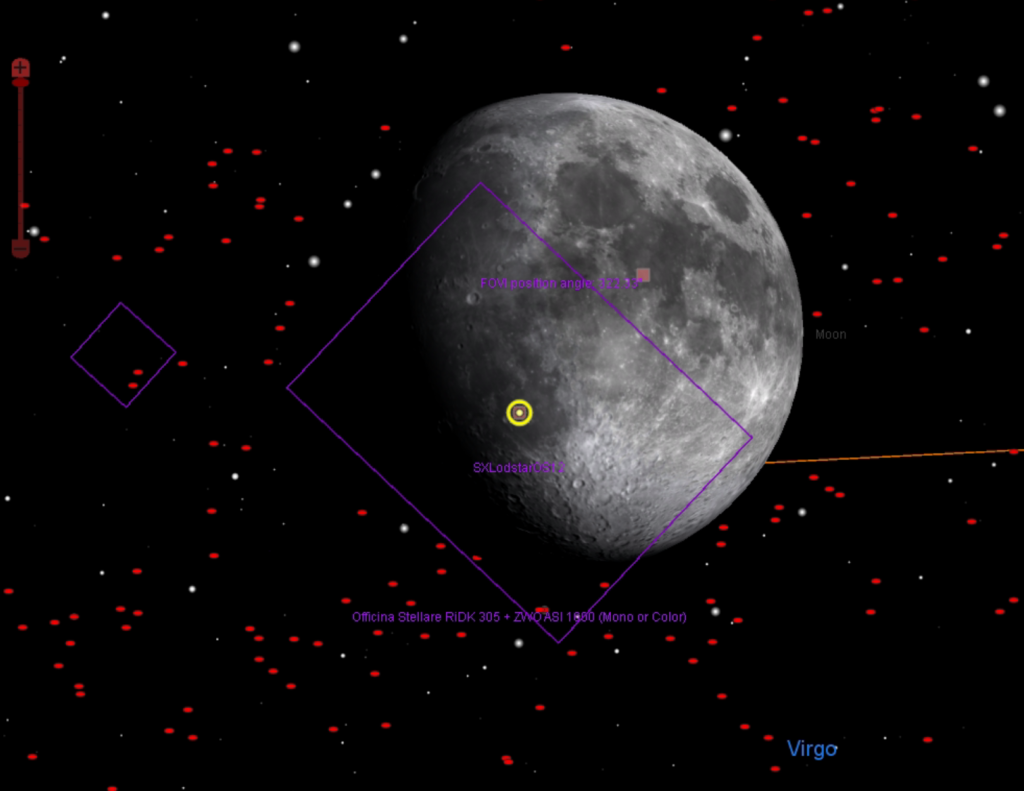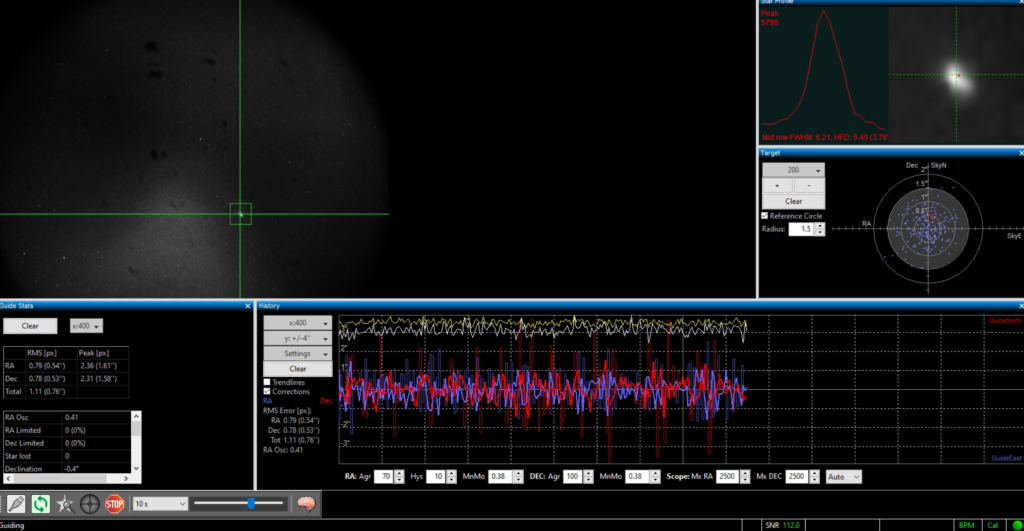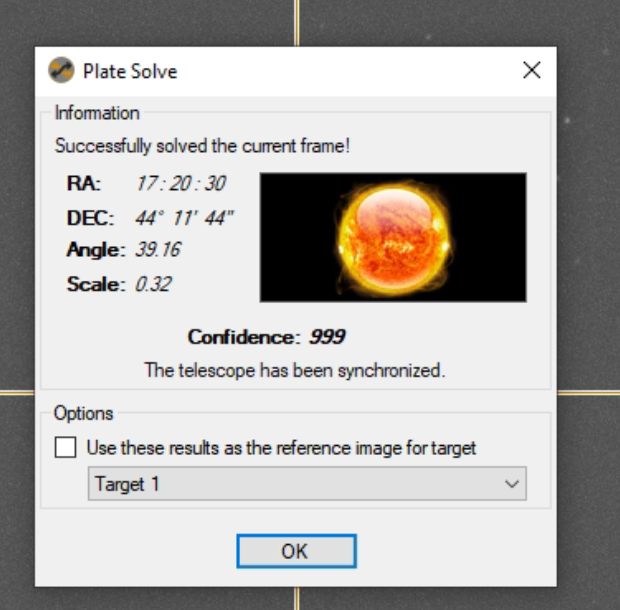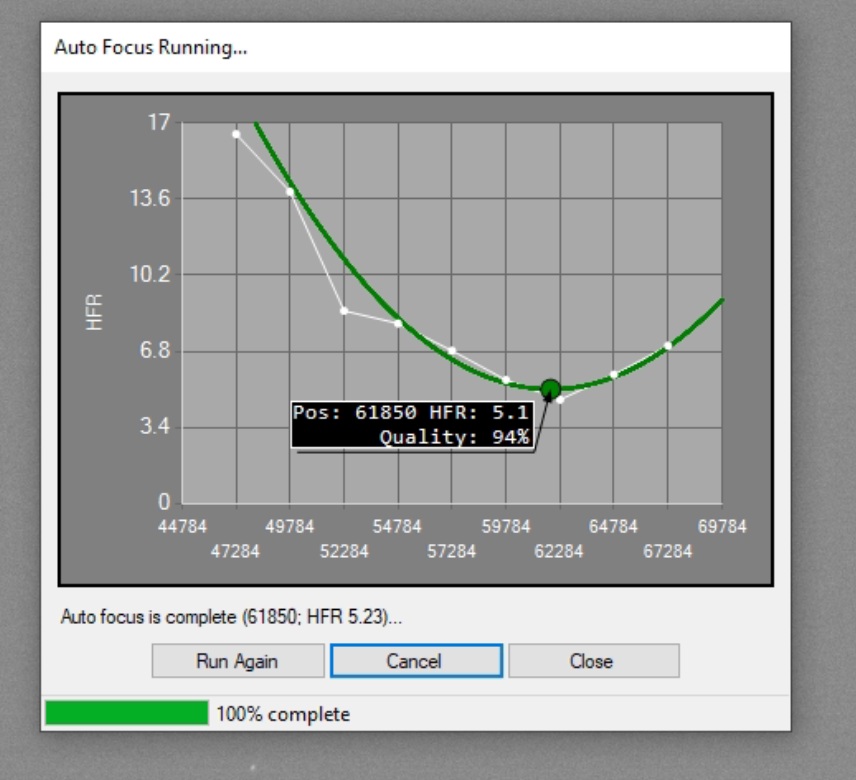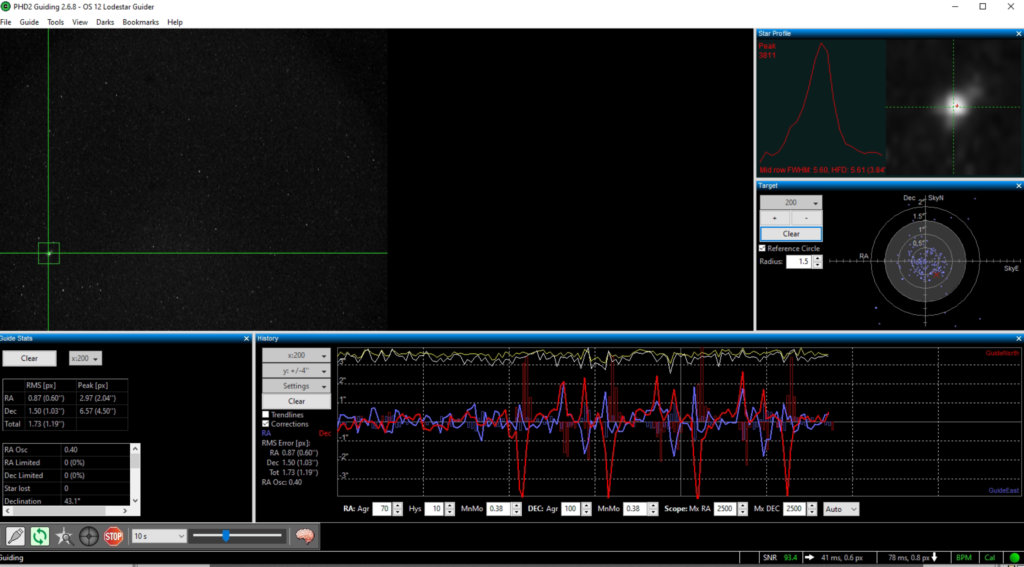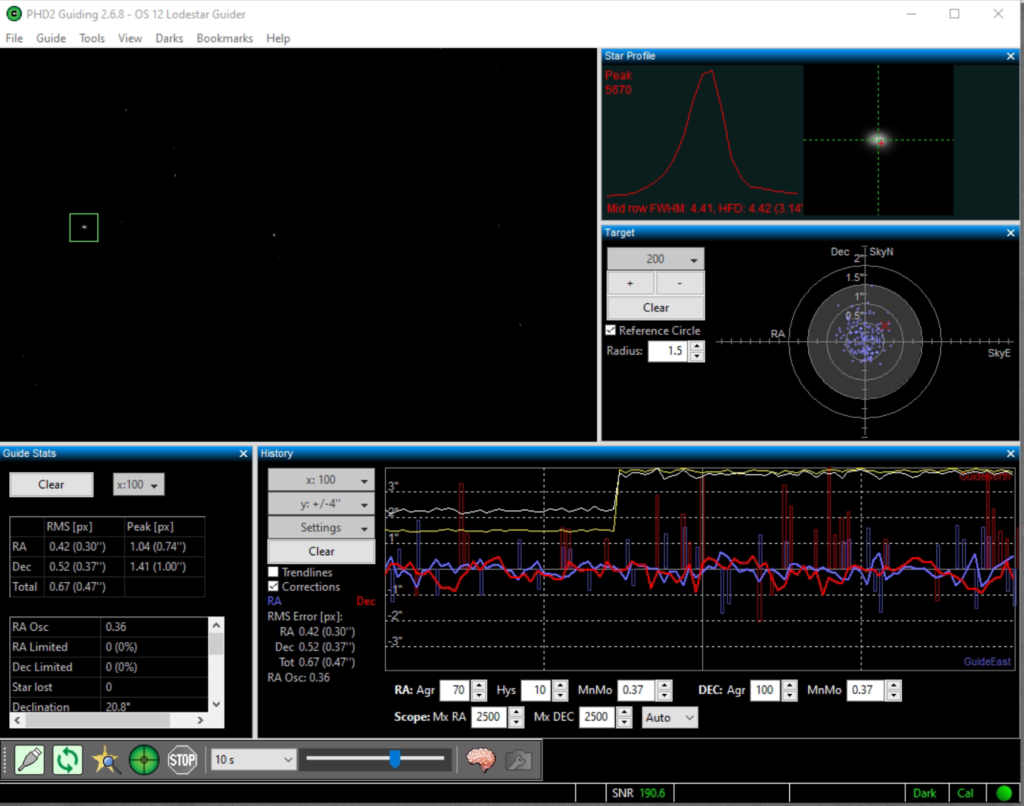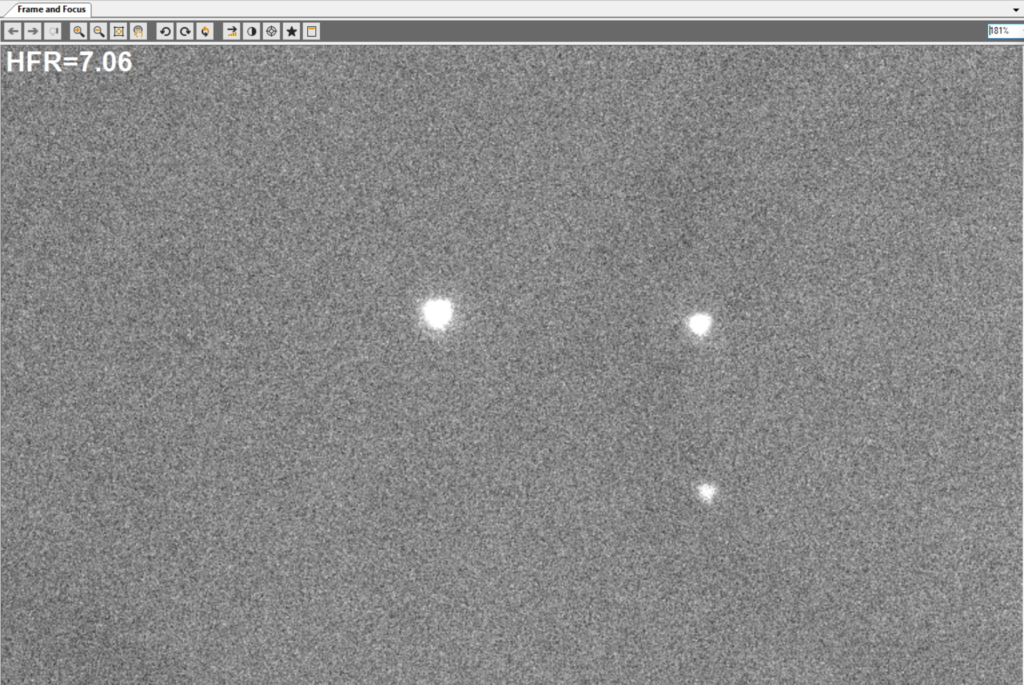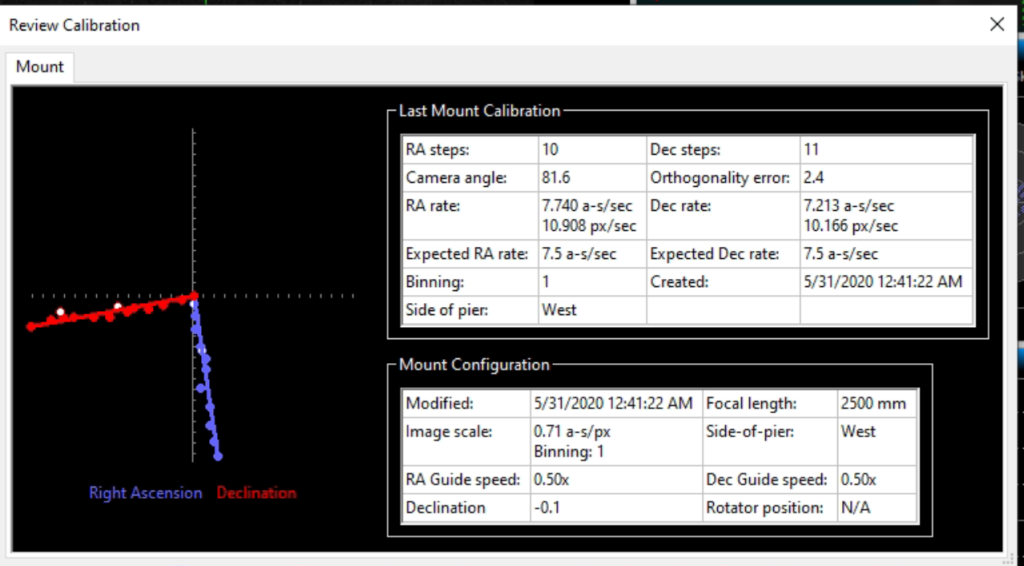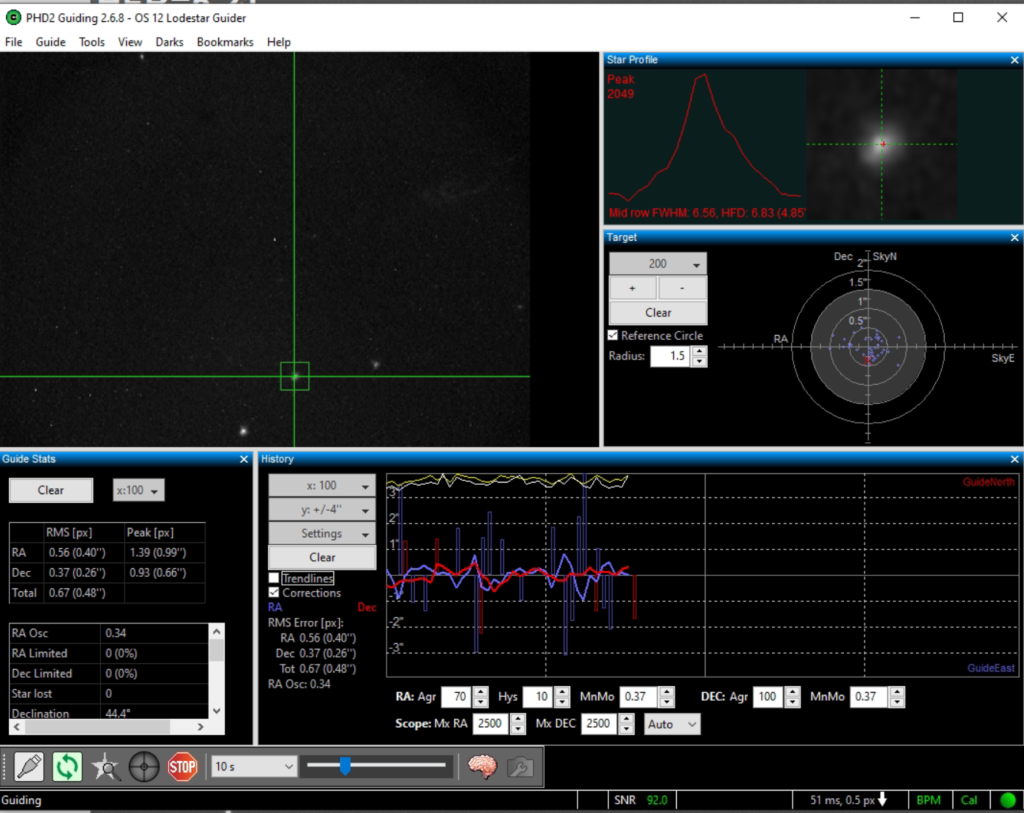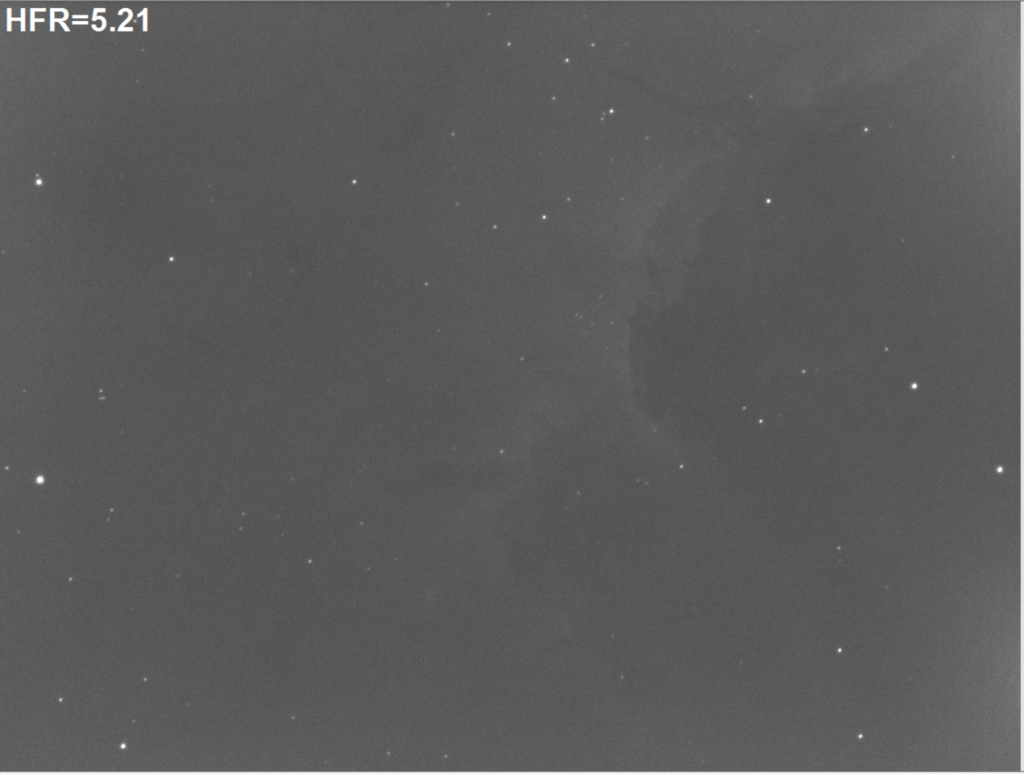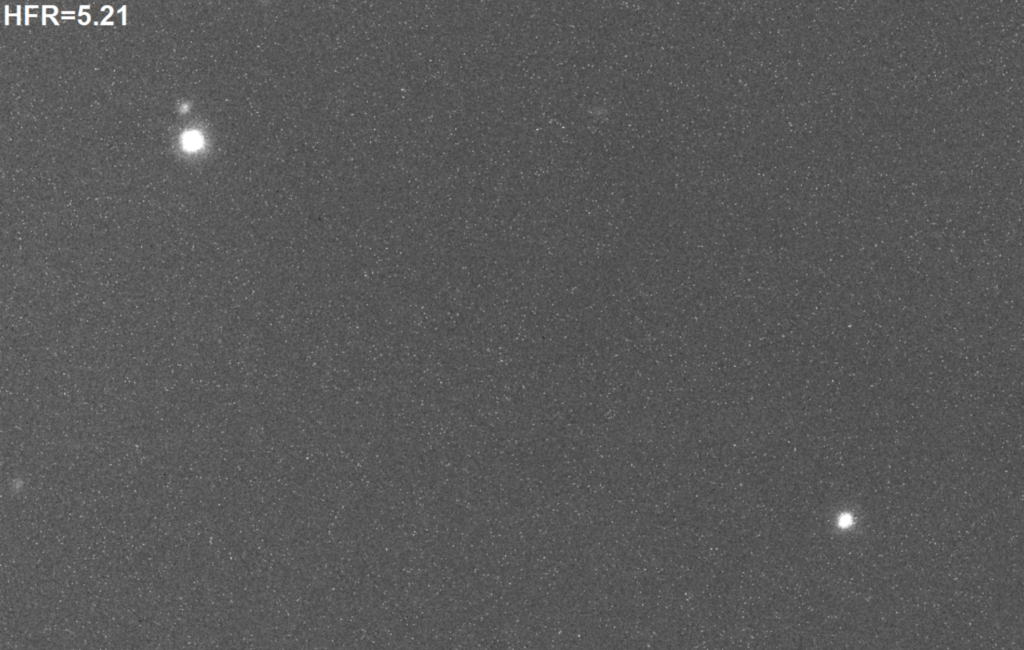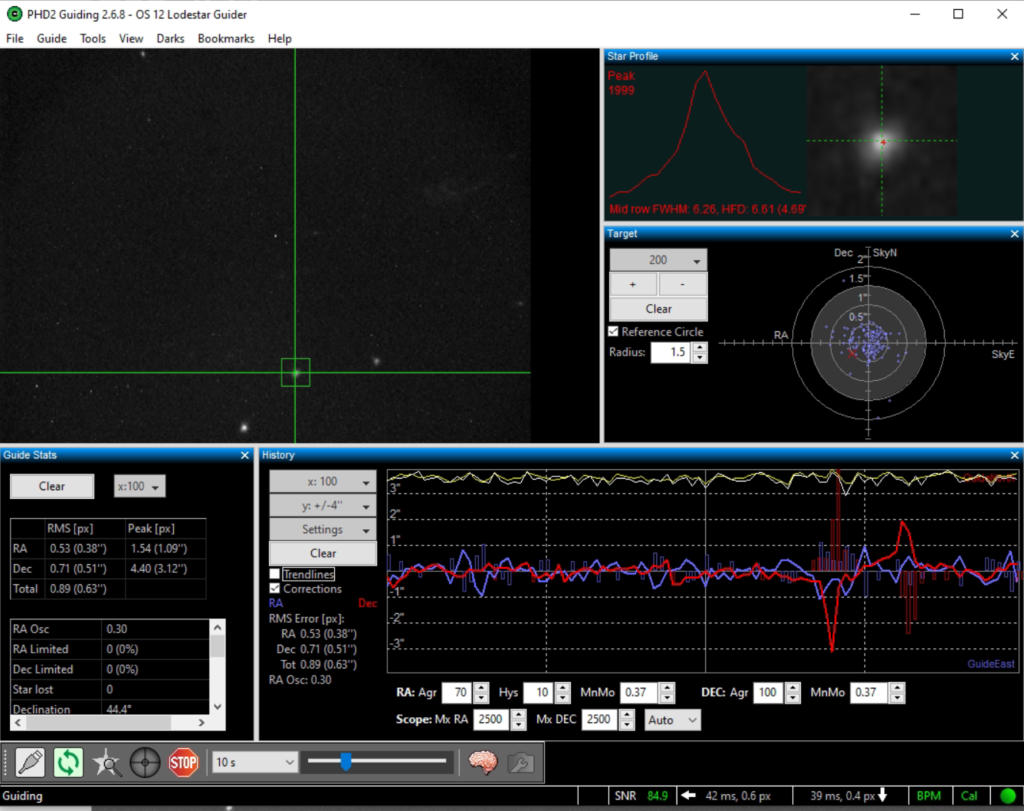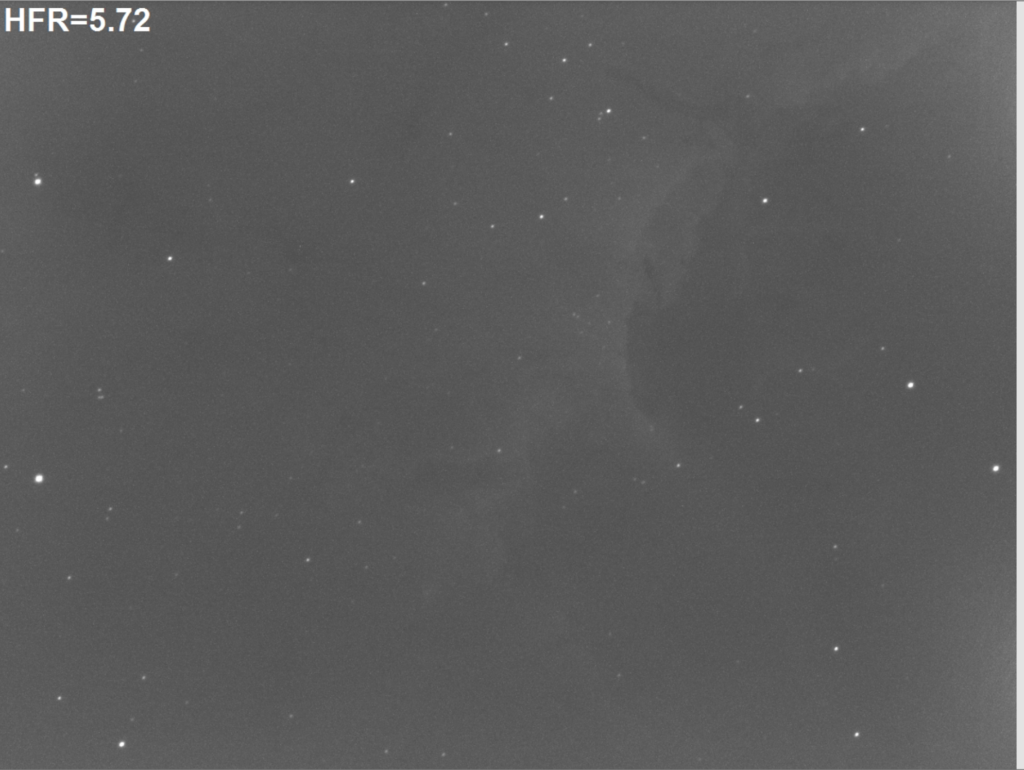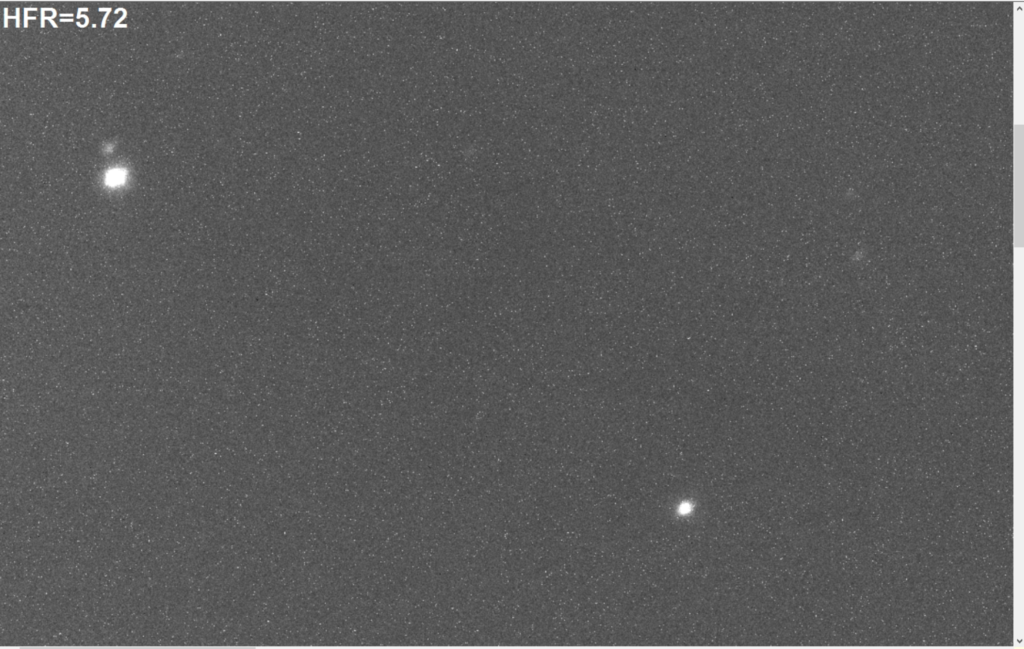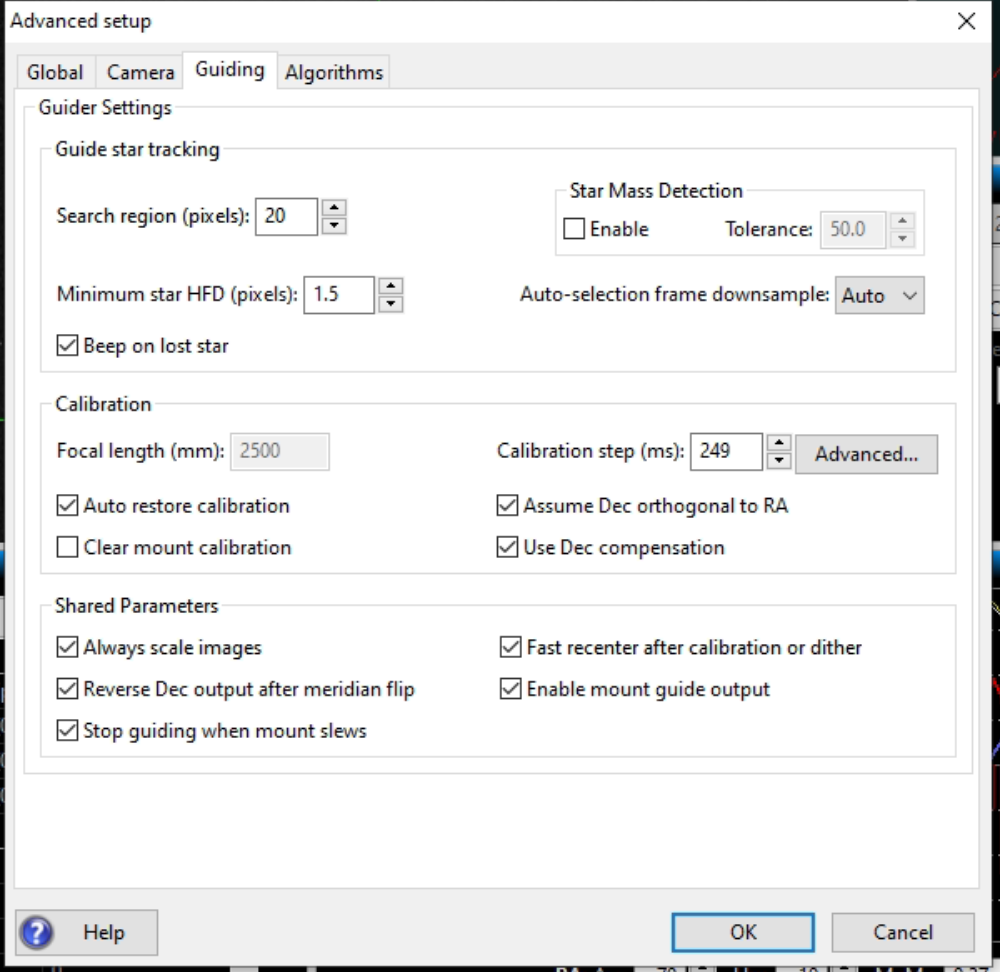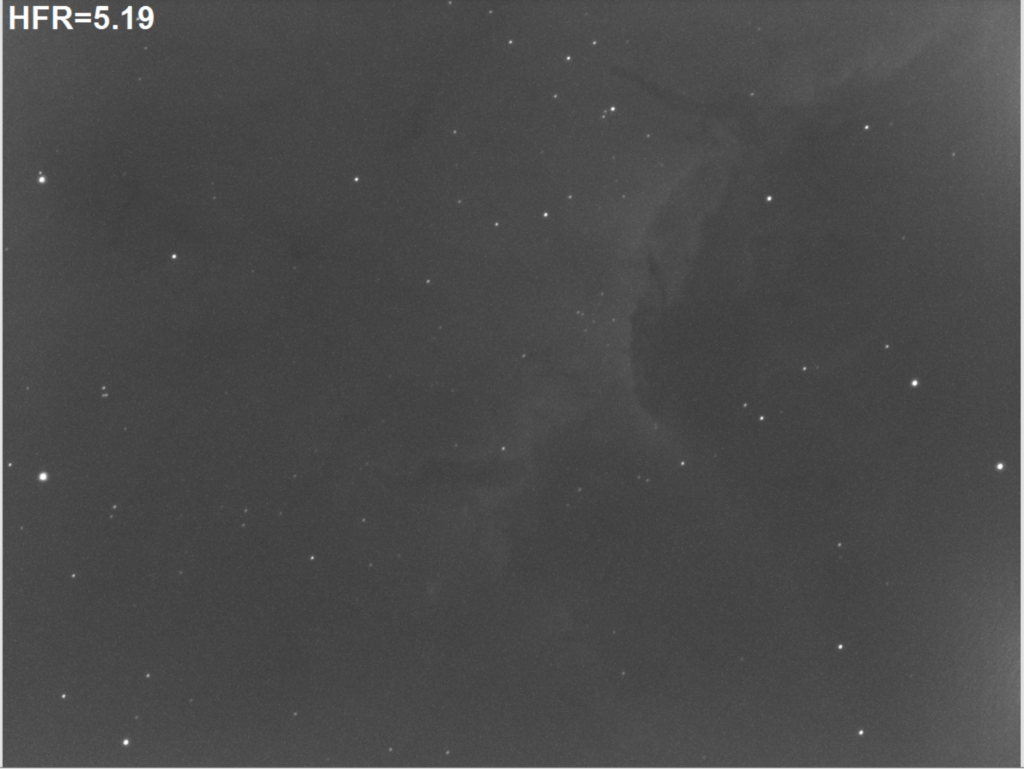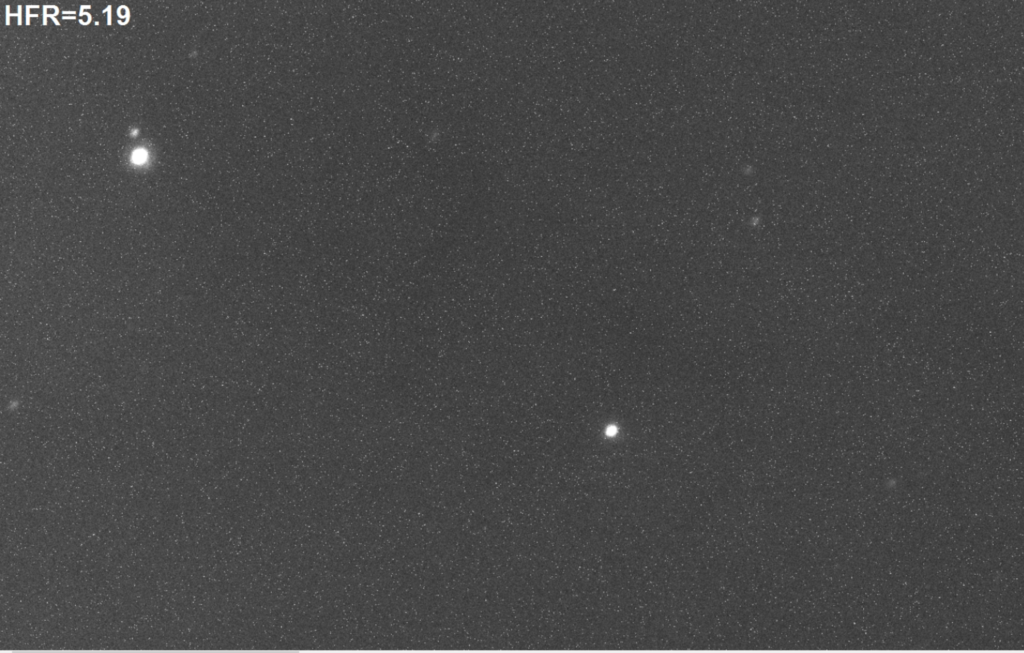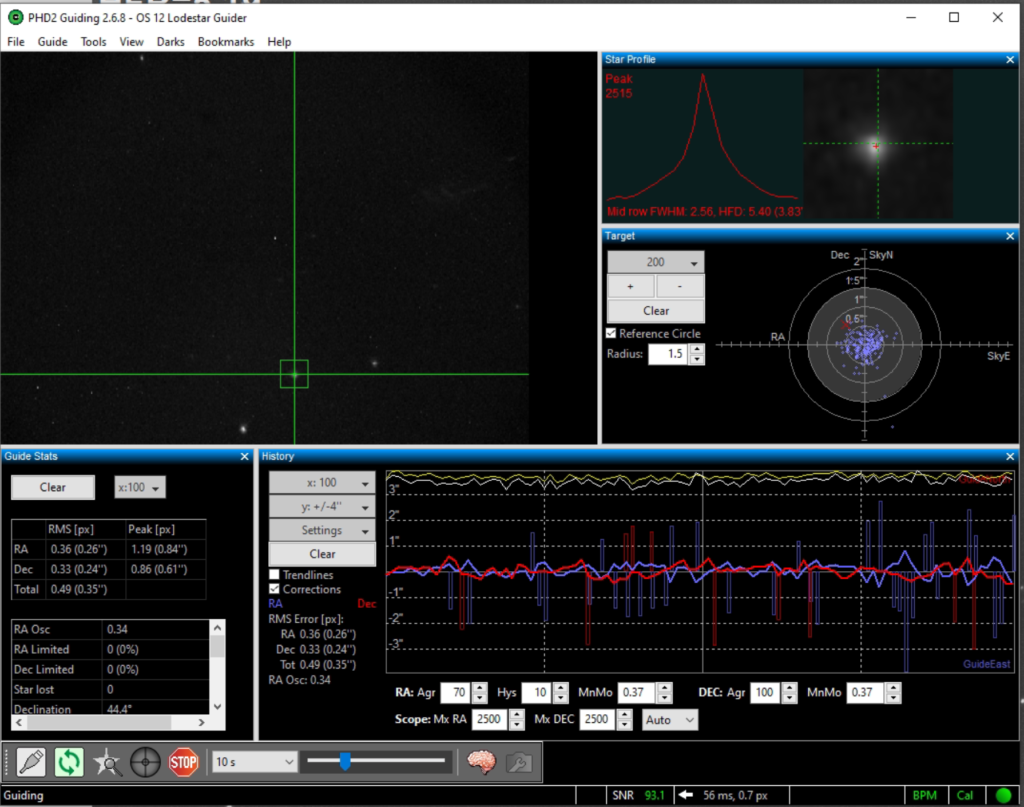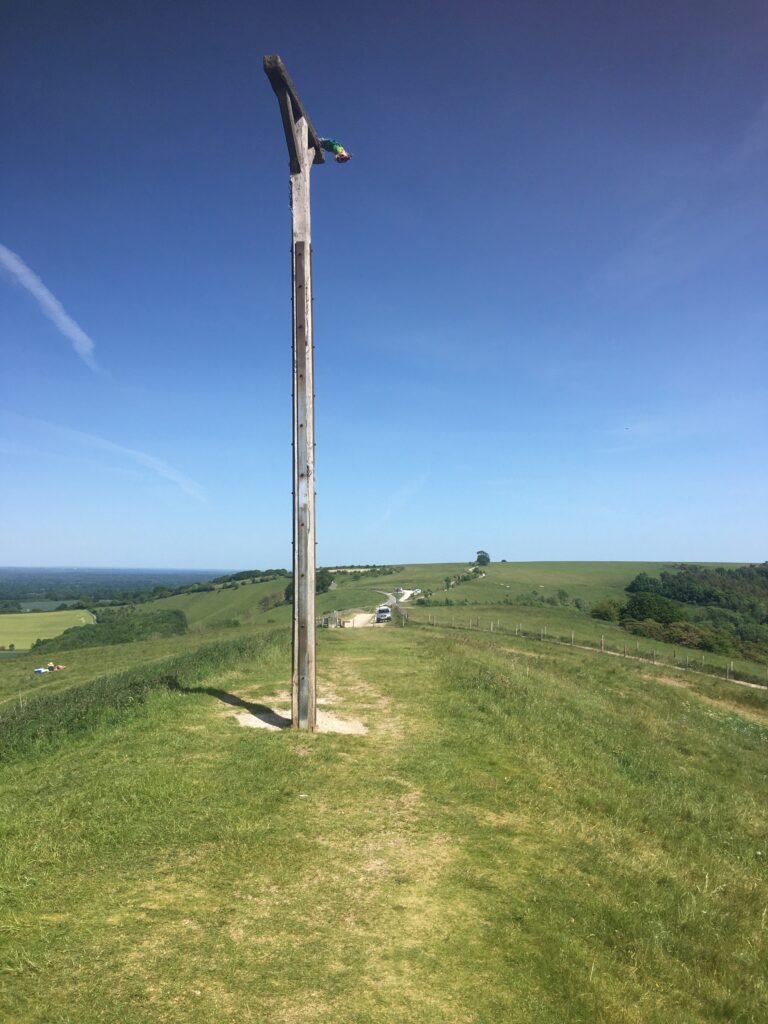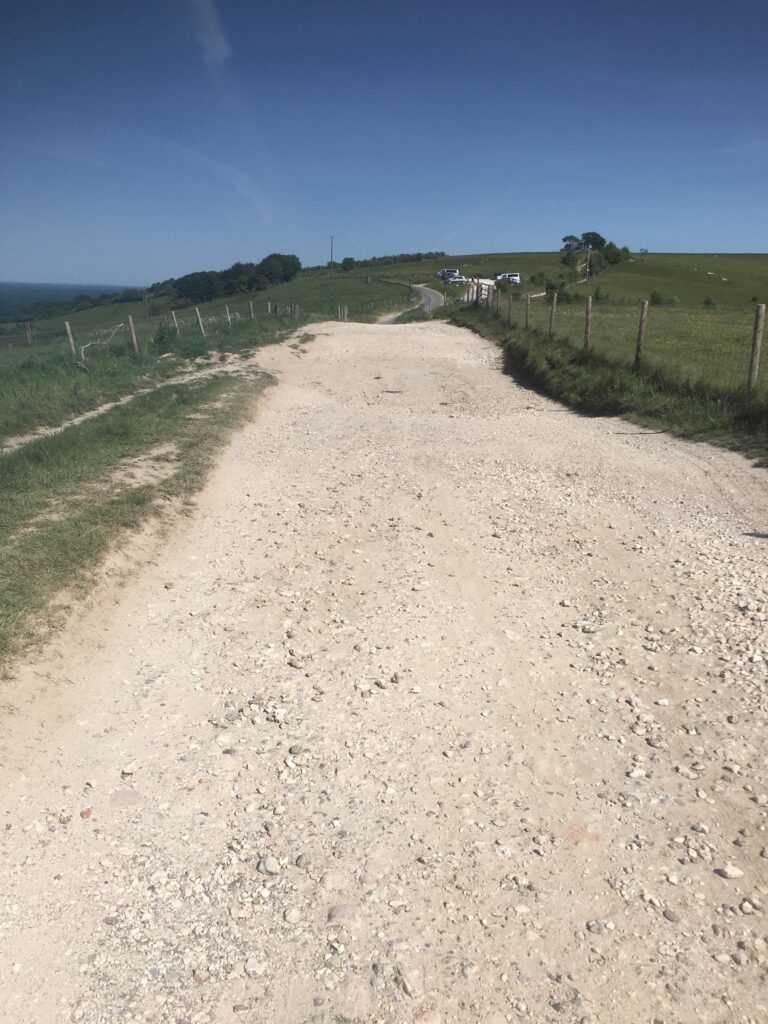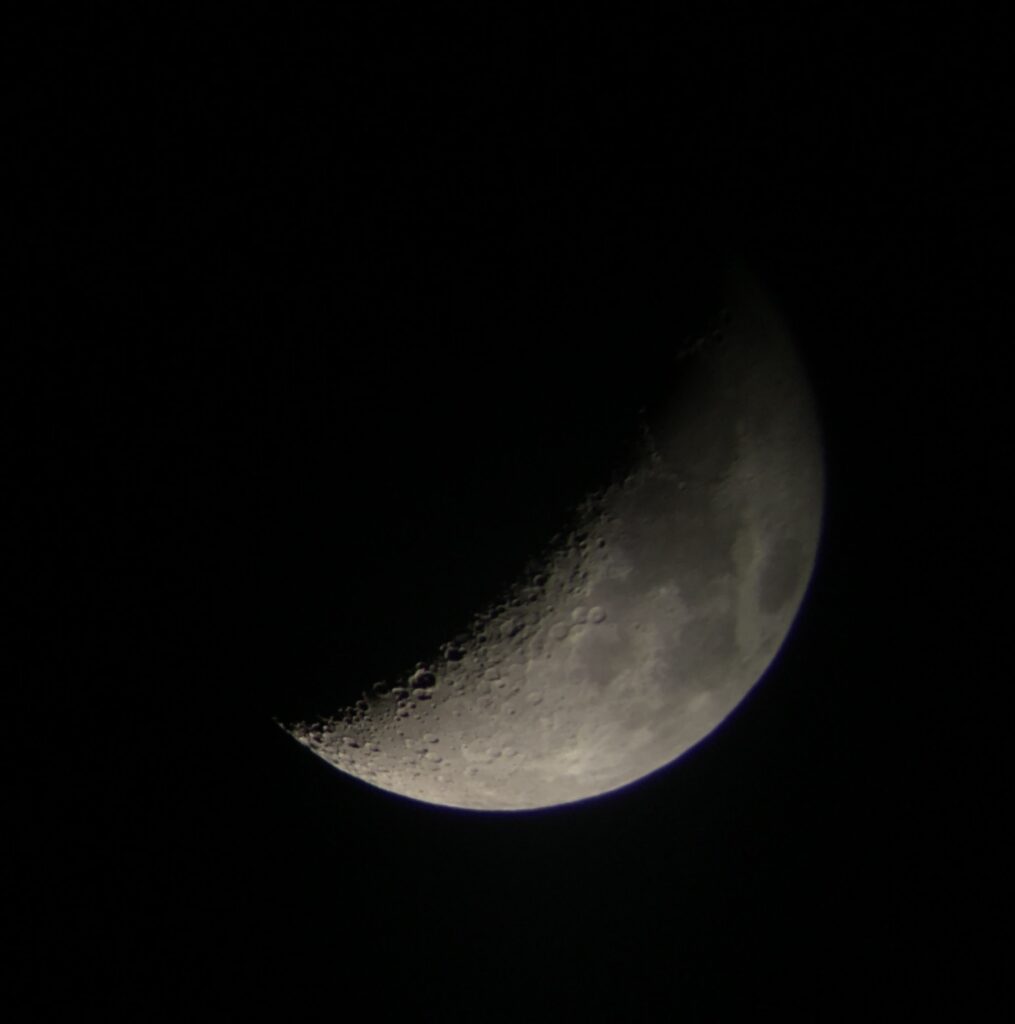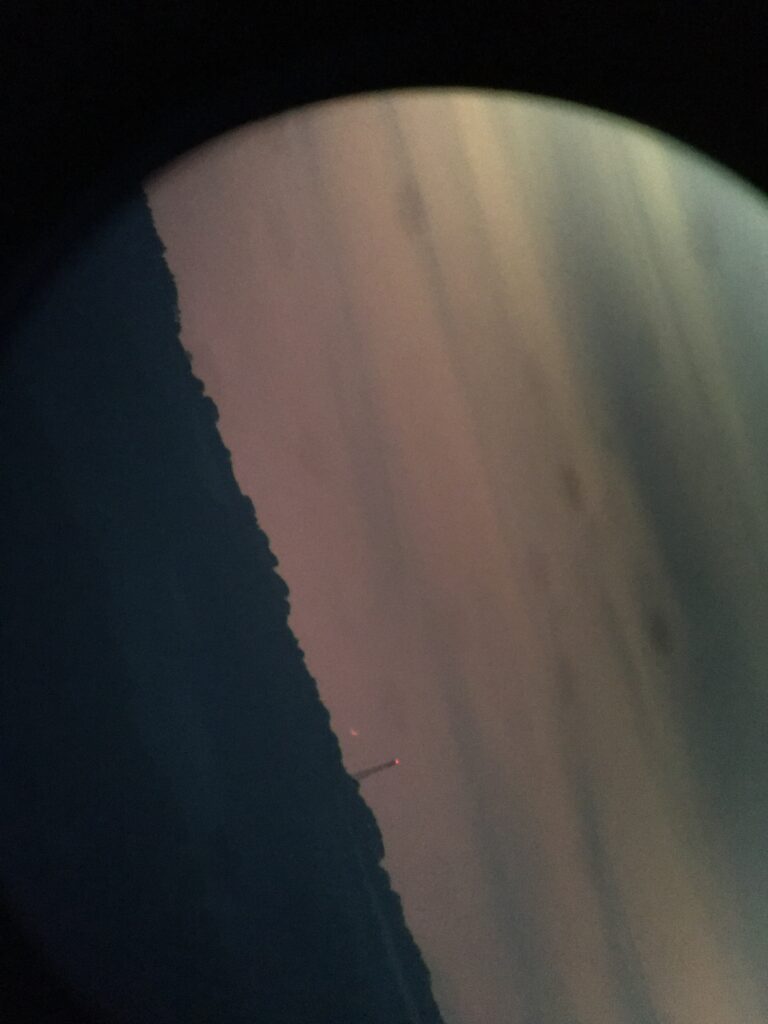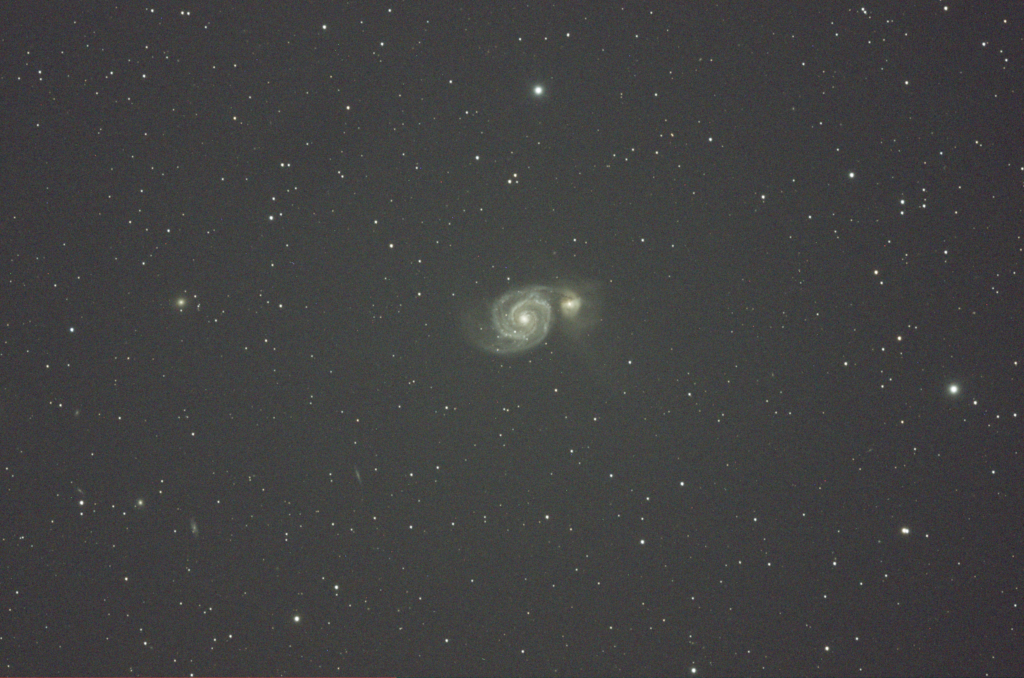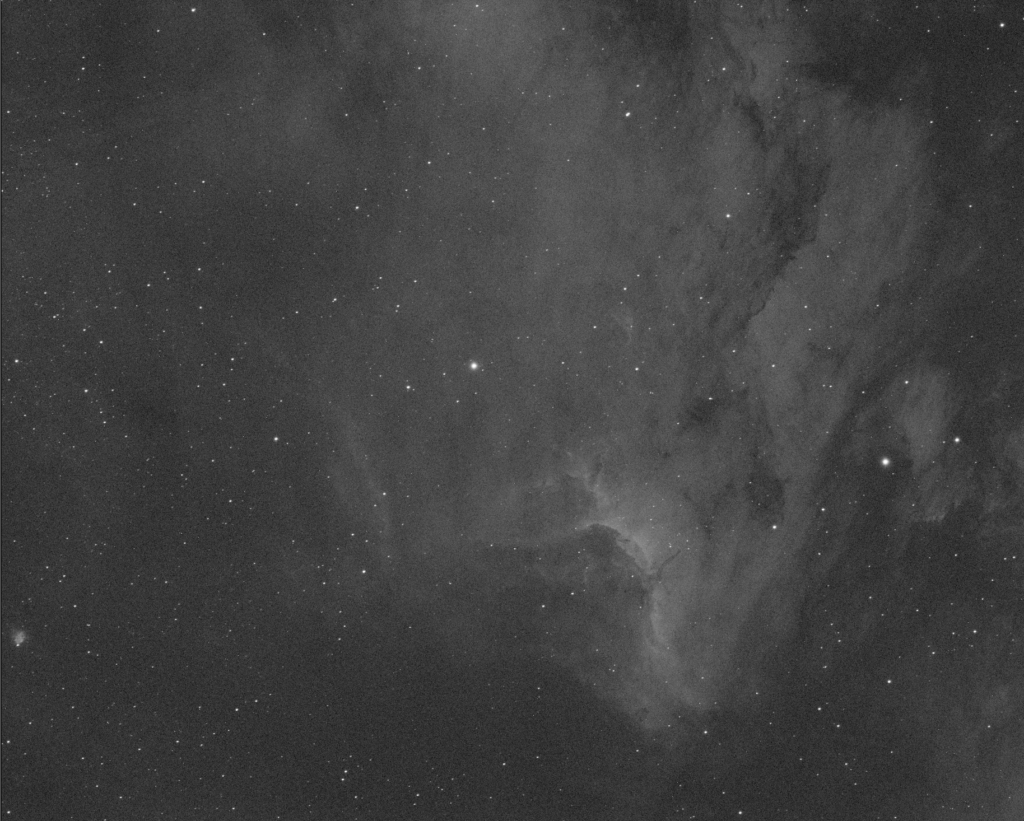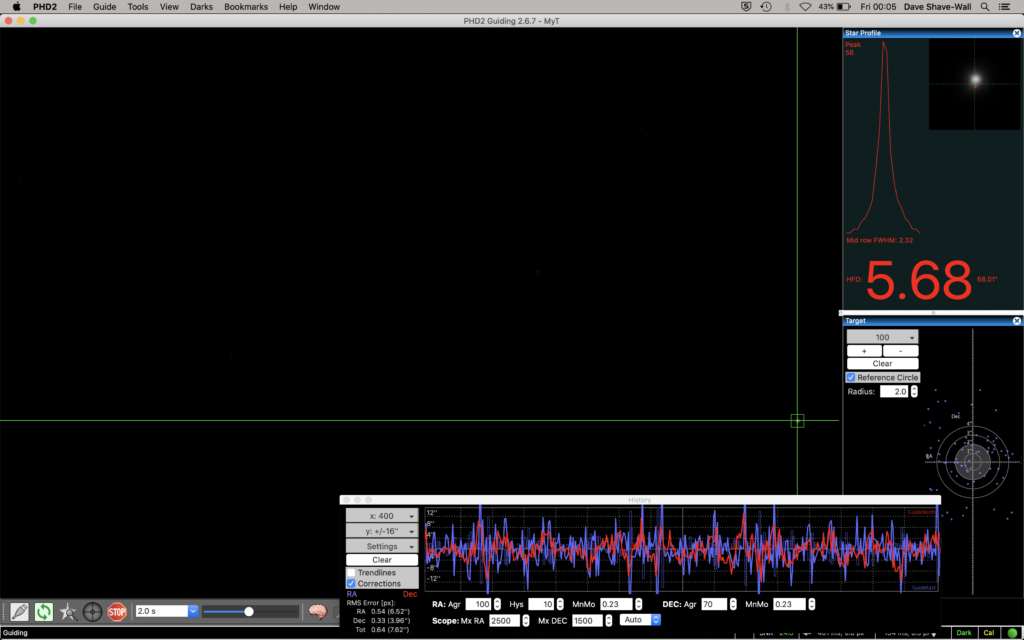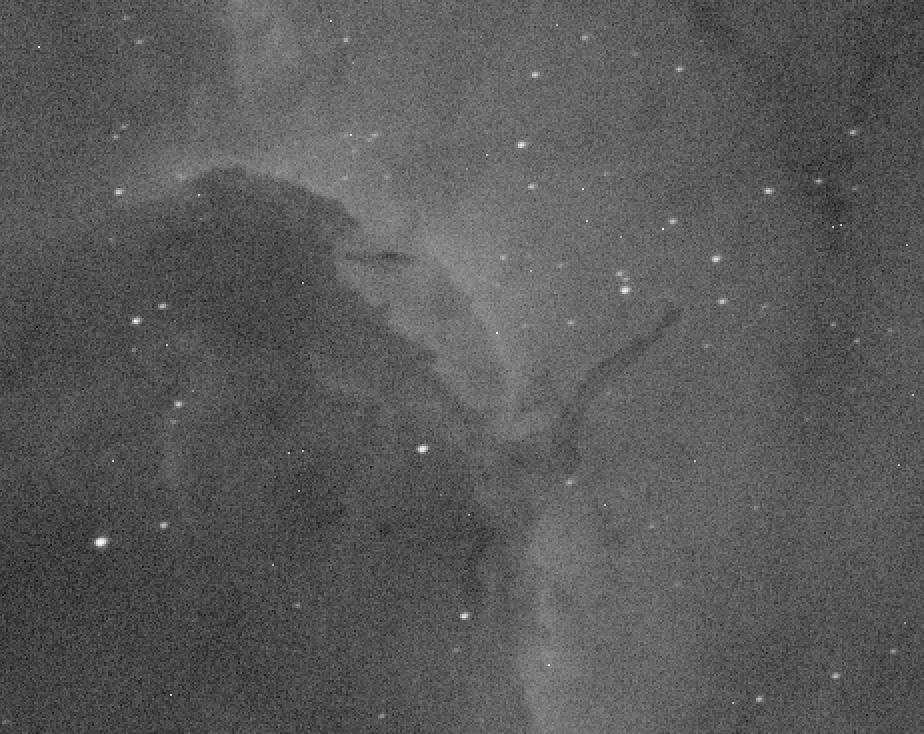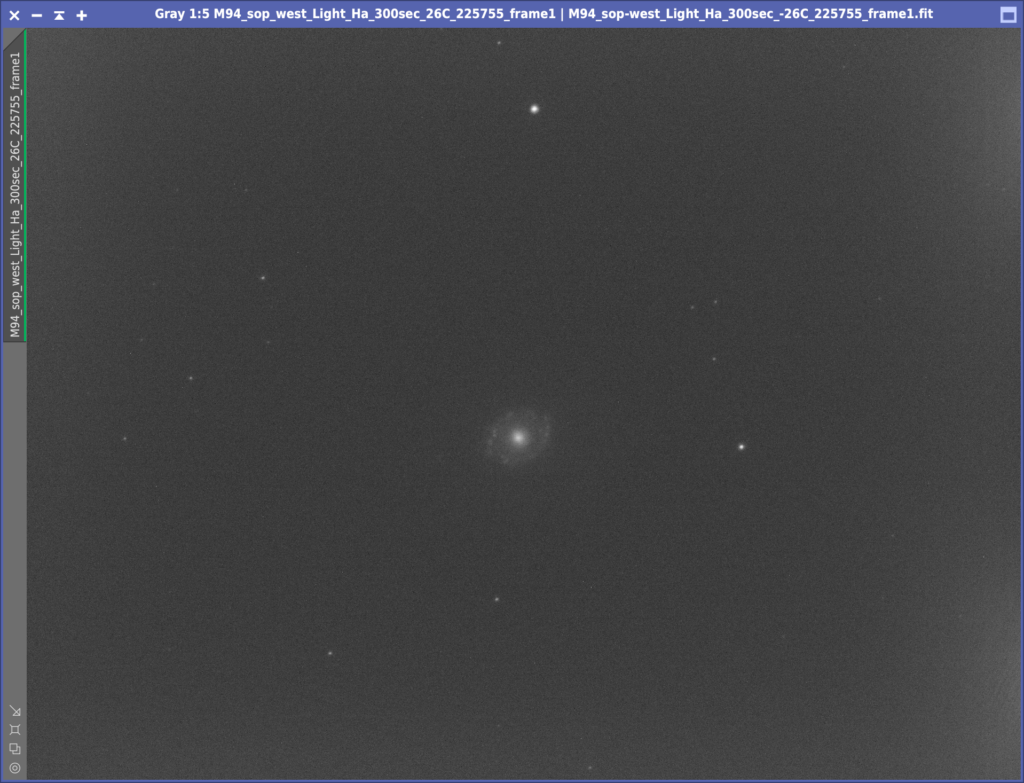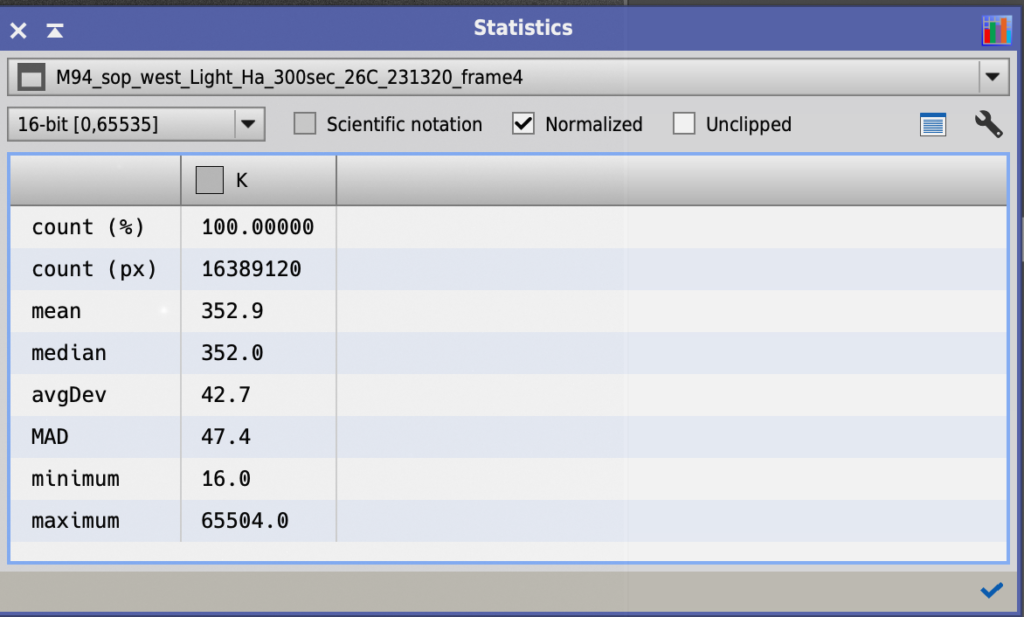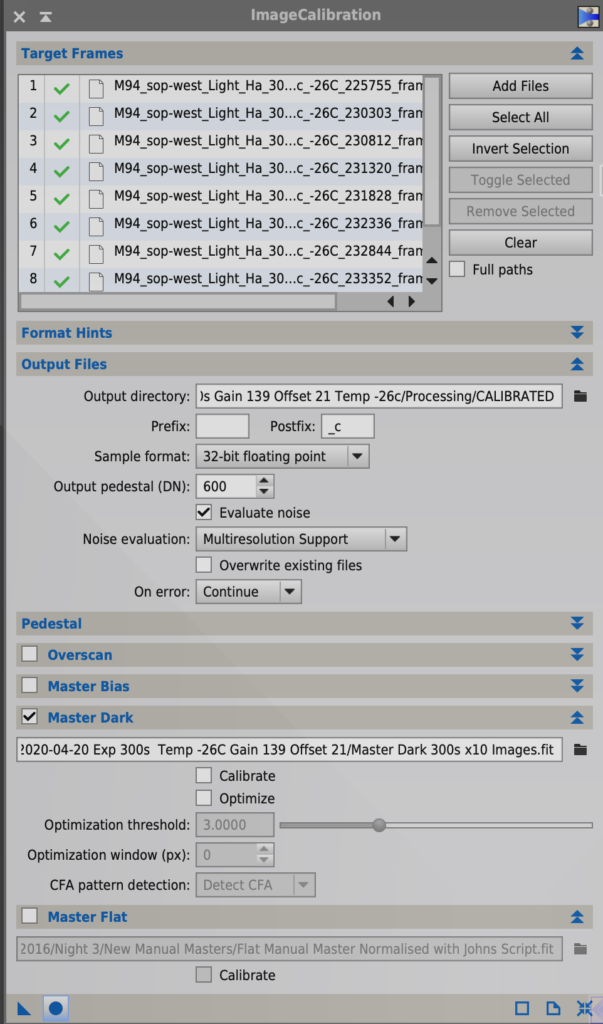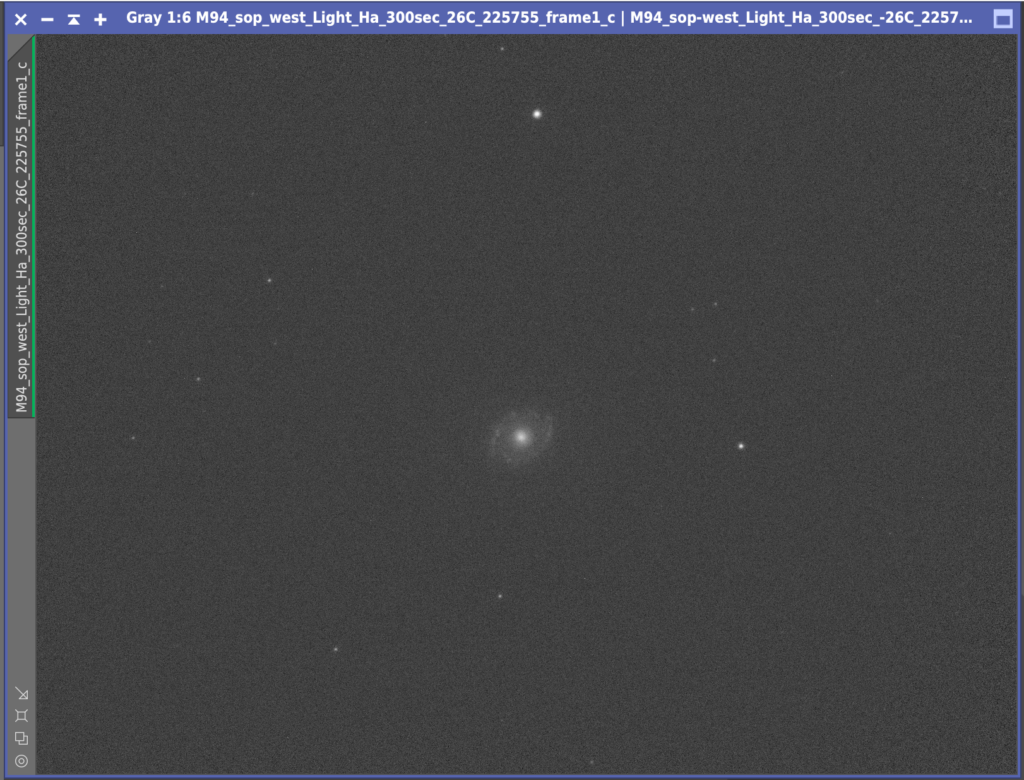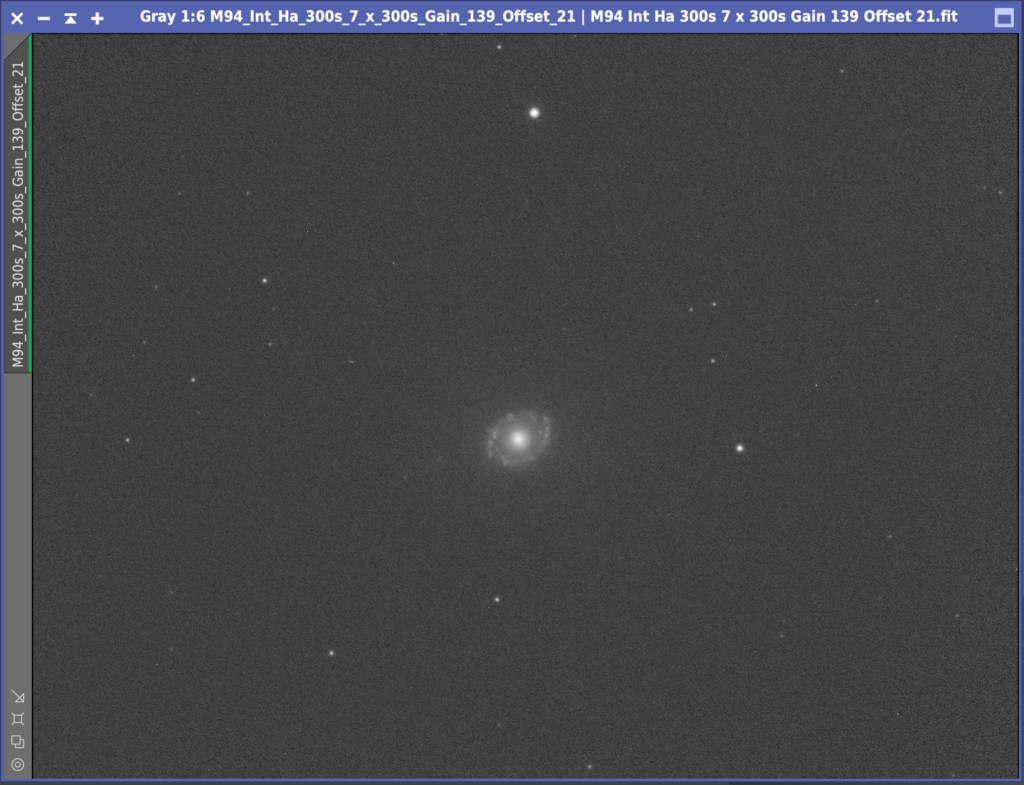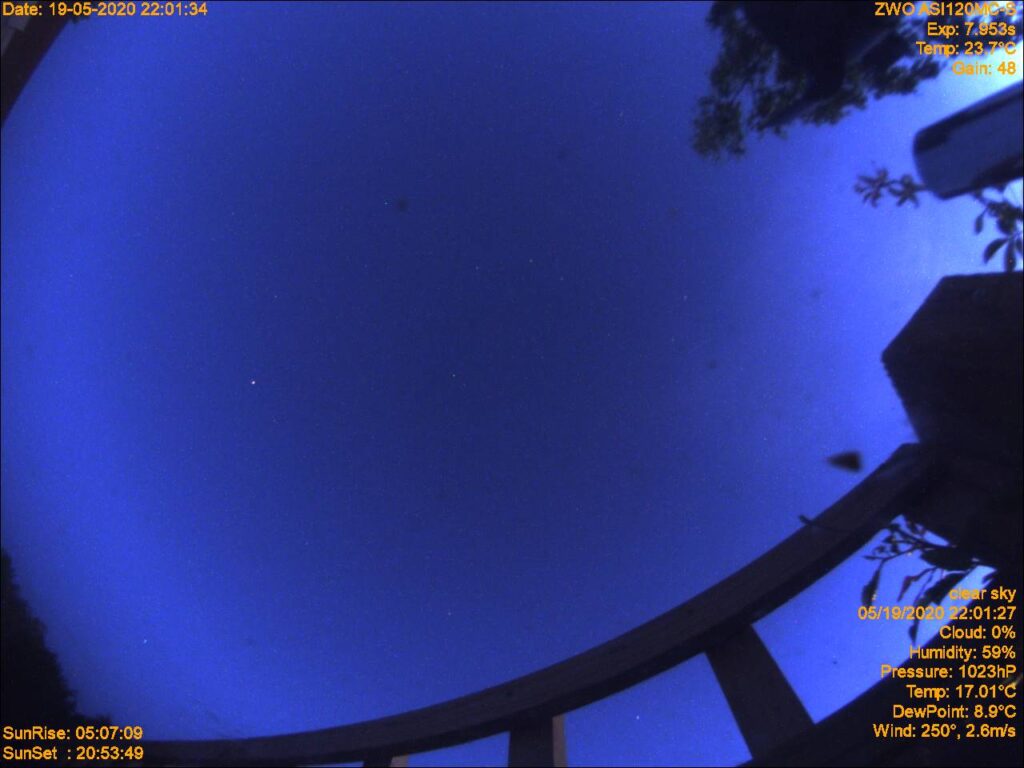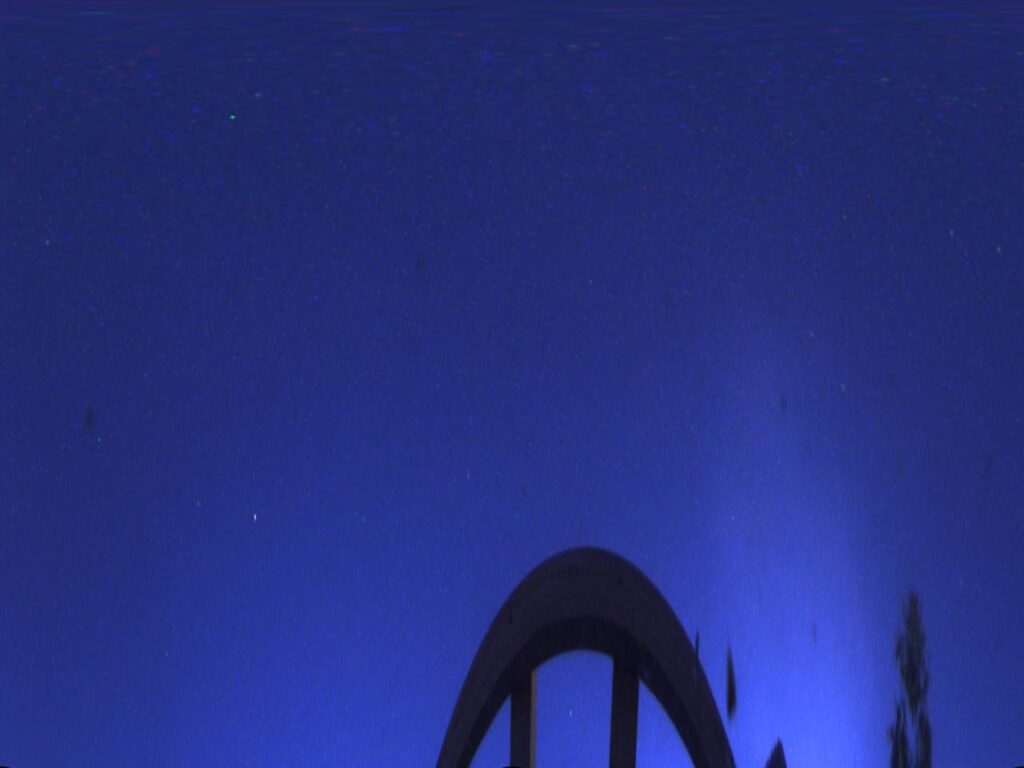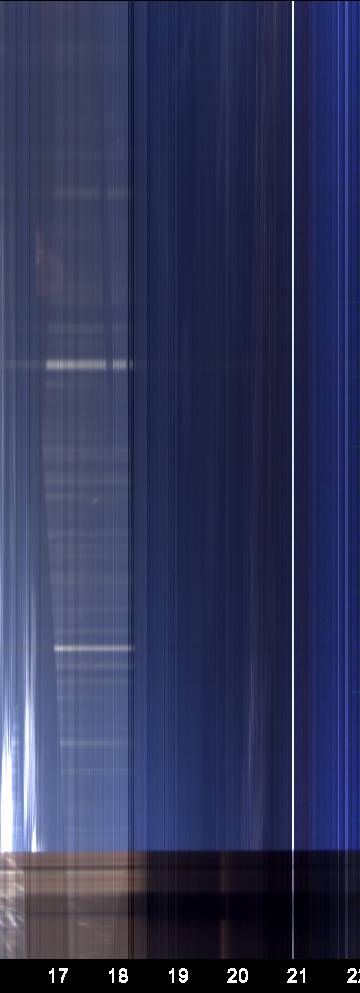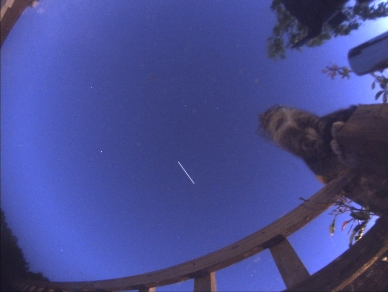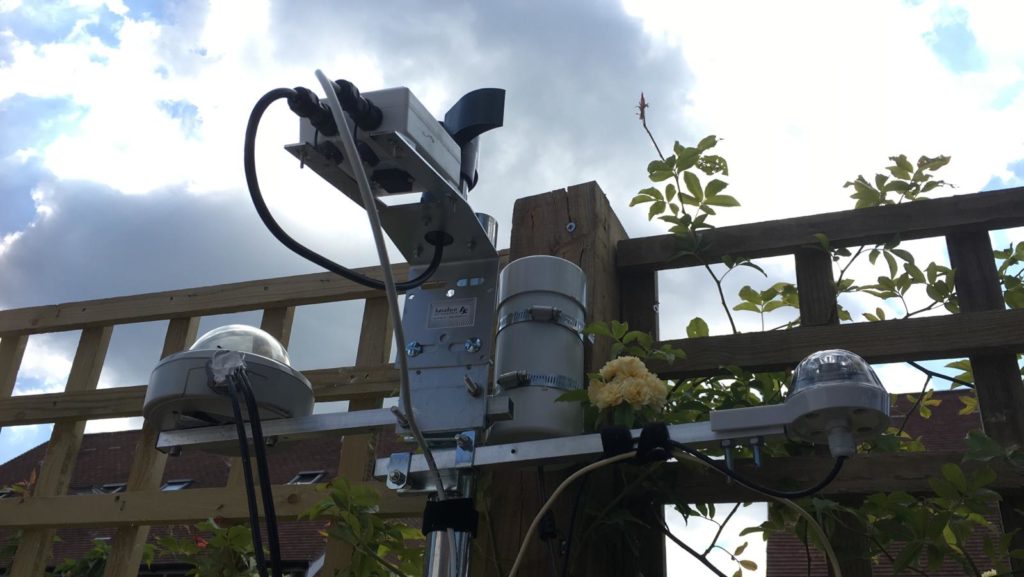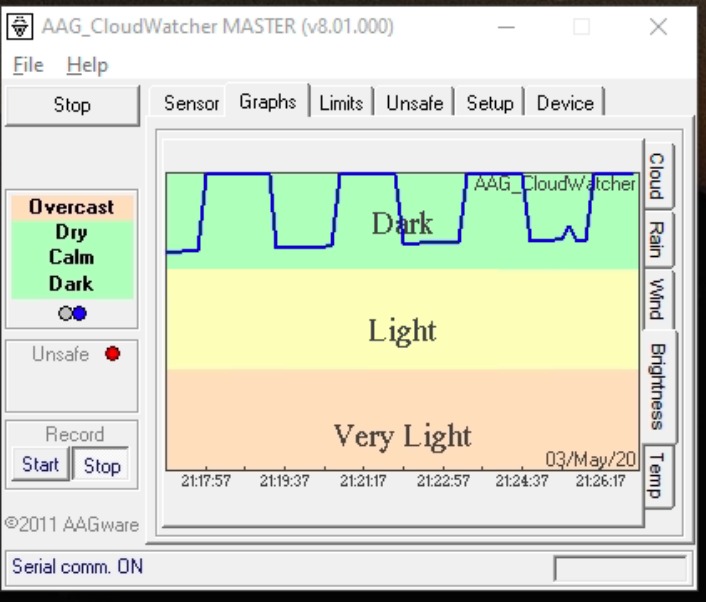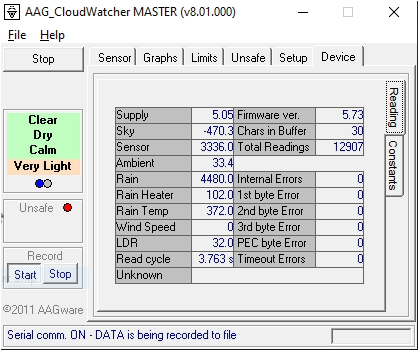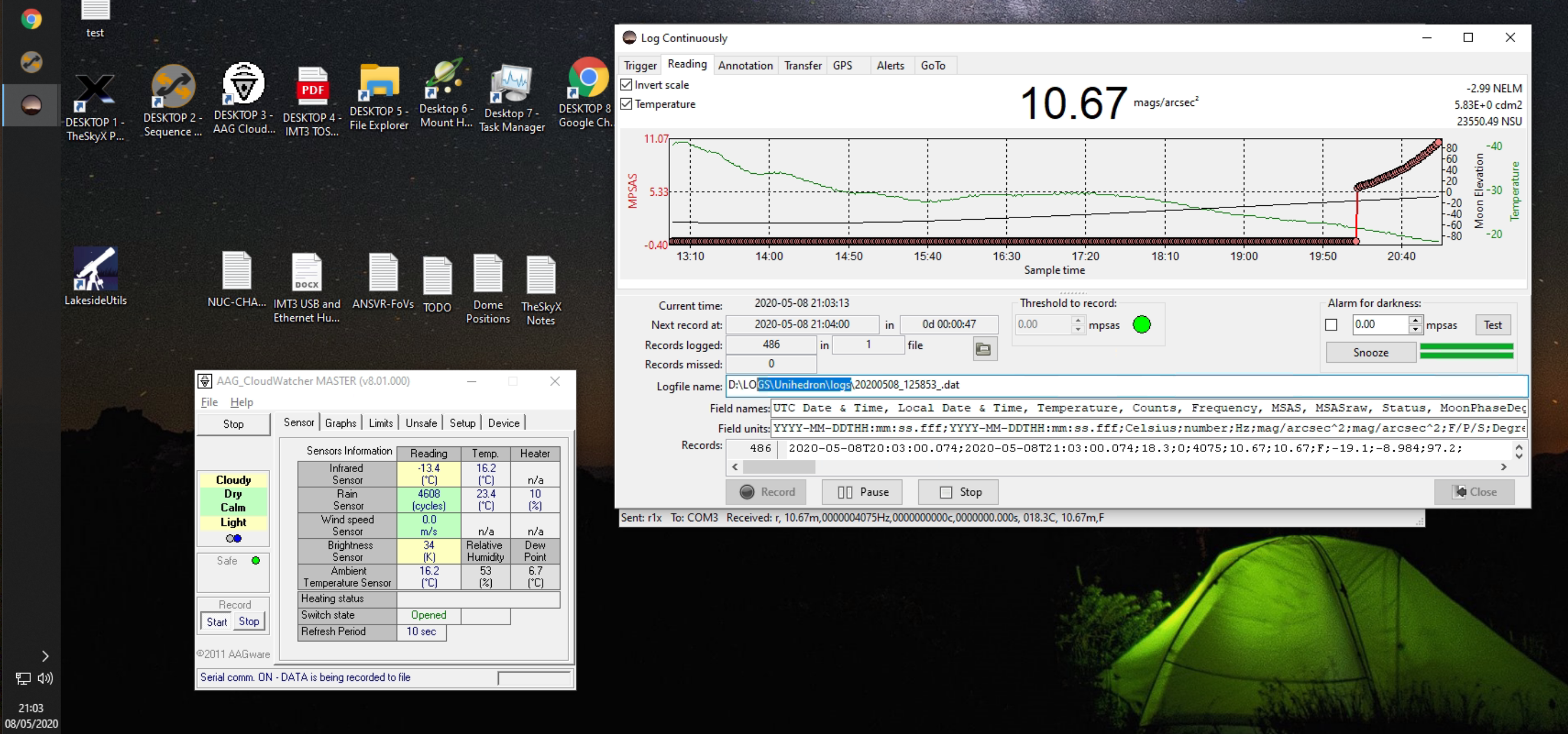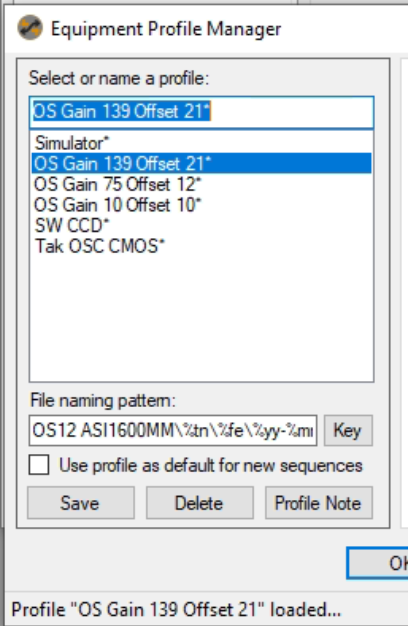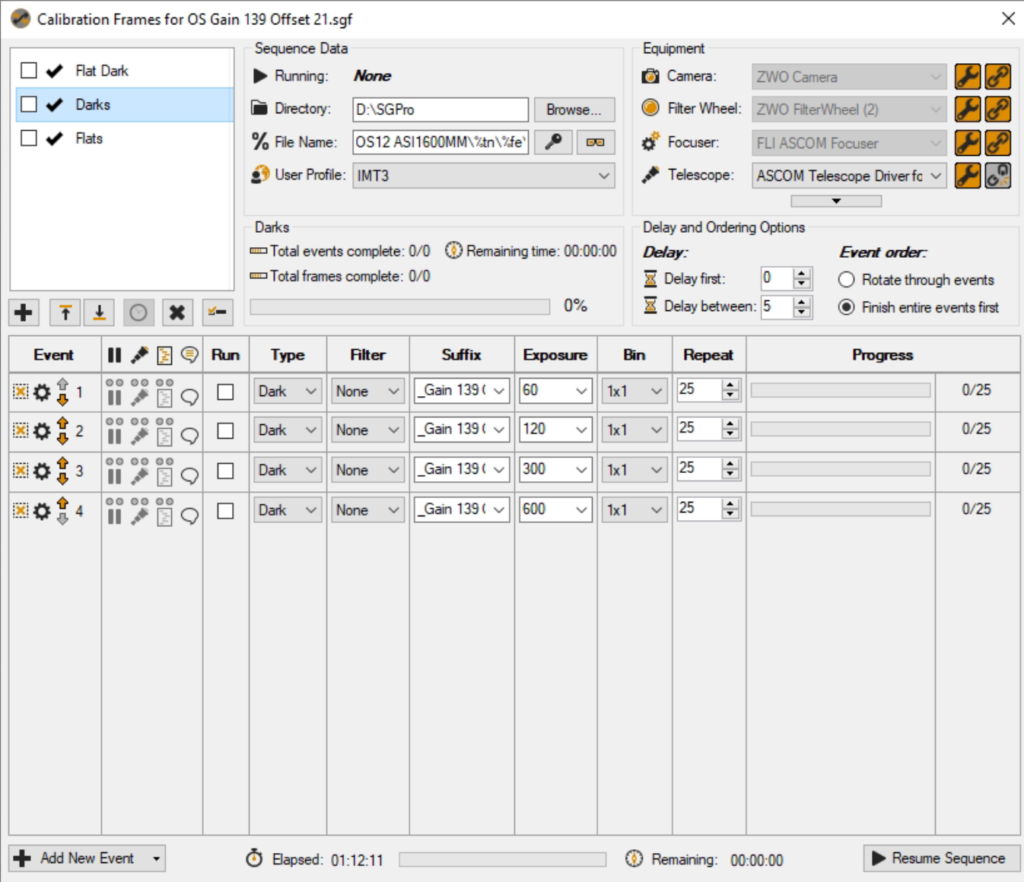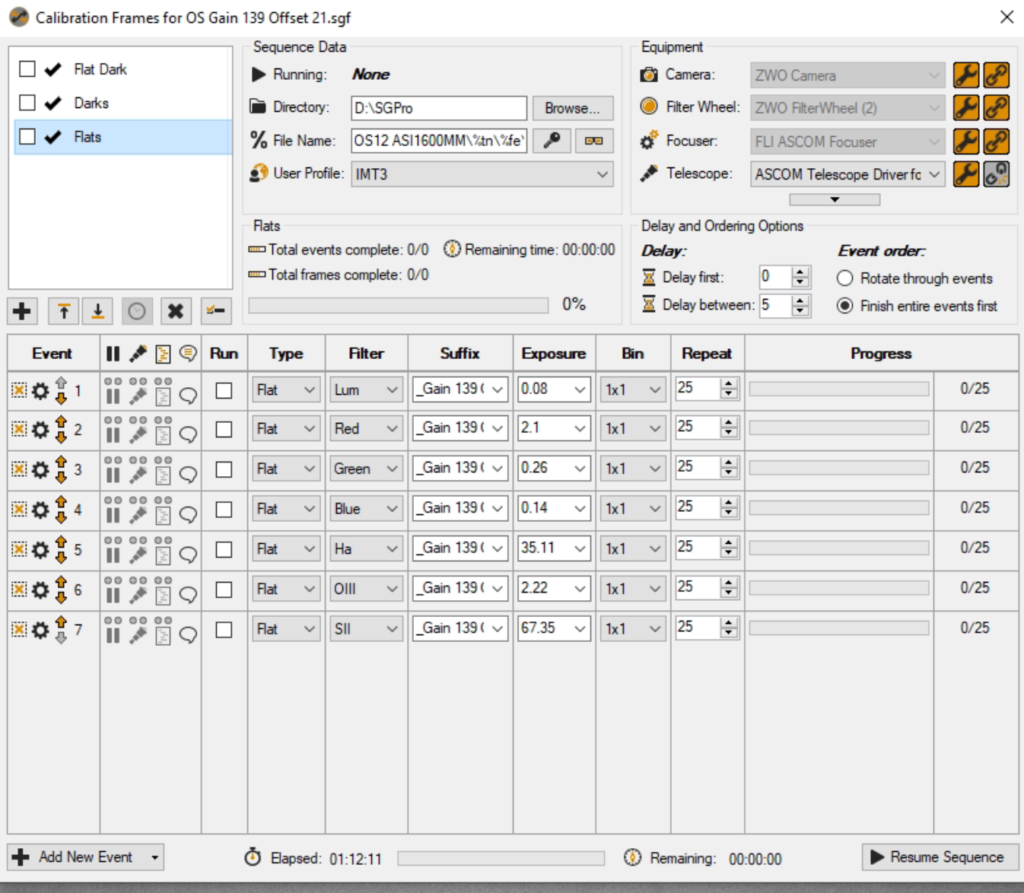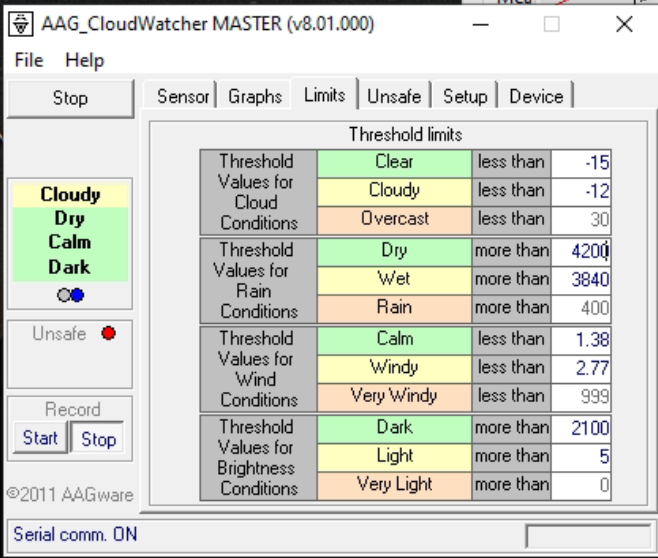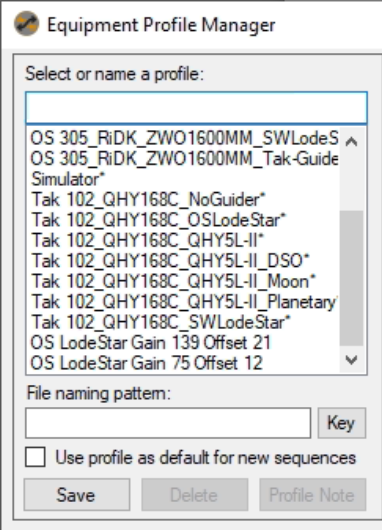I’ve taken the plunge and dipped my toe into the CMOS world. Since I didn’t have any OSC experience I chatted with DSW (has a QHY186c) and decided on the QHY286C. This I purchased from Bern at ModernAstronomy who has always provided excellent service.
The issue with APS-C sensors when coupled with the Takahashi FSQ85 is that the edges start to show signs of star elongation, I already see this on my Atik460. This can be corrected with the FSQ-85 flattener (ordered from FirstLightOptics) which has the effect of slightly increasing the focal length but also reduces the back focus from the native 197.5mm to 56mm.
| Effective Focal Length | 455mm (f/5.4) |
| Image Circle Diameter | 44mm |
| Metal Back Focus | 56mm |
This means that I can’t use my existing Atik OAG->Atik EFW2 and Atik460 because it’s total distance is 59mm (22mm+24mm+13mm) so it’s out by 2mm even once you include the filter effect on the back focus. Note – This is also true for my Starlight Xpress configuration.
I do not understand why Atik could not have got to within the 55-56mm range by shaving off a mm here and there 🙁 I may need to replace all Atik gear when I convert to mono CMOS or replace the OAG with a guide scope.
So onto the QHY268C, the OSC CMOS unfortunately has a CAA tilt adapter instead of a direct thread connection. This wastes 11mm of precious back focus giving a total distance of 23.5mm whereas the recently released QHY286M CMOS has a 12.5mm back focus !!!!
Also the QHY268C does not have an IR/UV cut filter in place so you need to buy an additional filter and holder and add that to the cost and factor in the adapter and distance needed …. I’m starting to regret this purchase more and more !
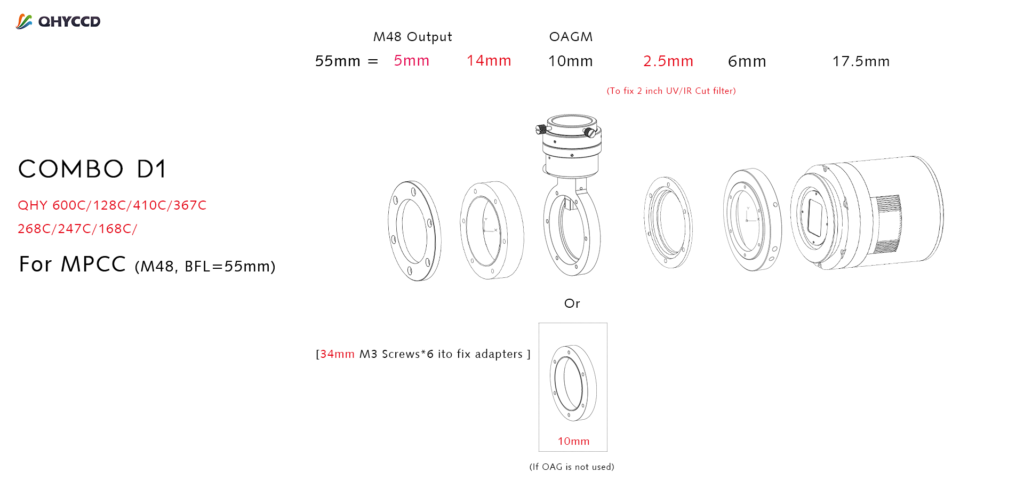
Back to the Takahashi Flattener (TKA37852), the back focus is 56.2mm but we add on the filter thickness as it changes the light path (2mm/3=0.66mm) so ~57mm (56.9mm), the imaging train is as follows :
Adapter | Distance (mm) | Accumulated Distance (mm) | Connector |
|---|---|---|---|
| OU031 | 2 | 2 | M54(M) -> M54(M) |
| QHY 020770 | 4 | 6 | M54(F) |
| QHY Spacers | 14.4 | 20.4 | screw |
| QHY OAG-M | 10 | 30.4 | screw |
| QHY 020055 | 2.5 | 32.9 | screw |
| inc filter | 0.6 | 33.5 | – |
| QHY CAA adapter | 6 | 39.5 | screw |
| QHY268C CMOS | 17.5 | 57 | screw |
The combined weight is 1365g so I may need to adjust the balance of the scope a little as it heavier than my Atik460/EFW2/OAG setup at 1080g.
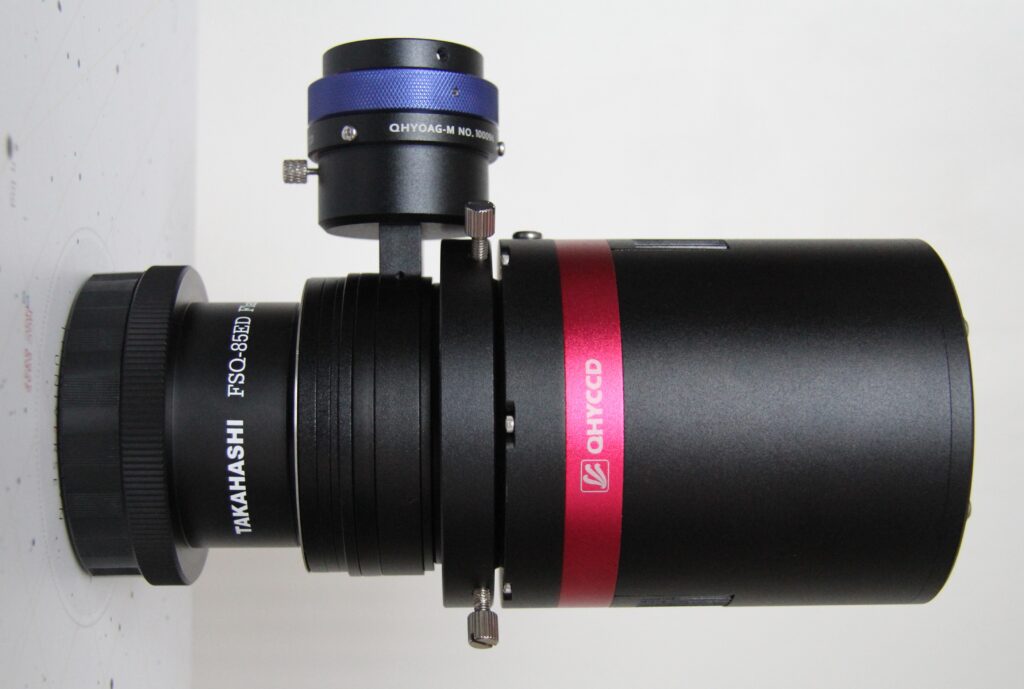
I may have to adjust the spacers a little but I won’t know until I have received a 2-inch Optolong L-Pro light pollution filter which is currently on back order from FLO.
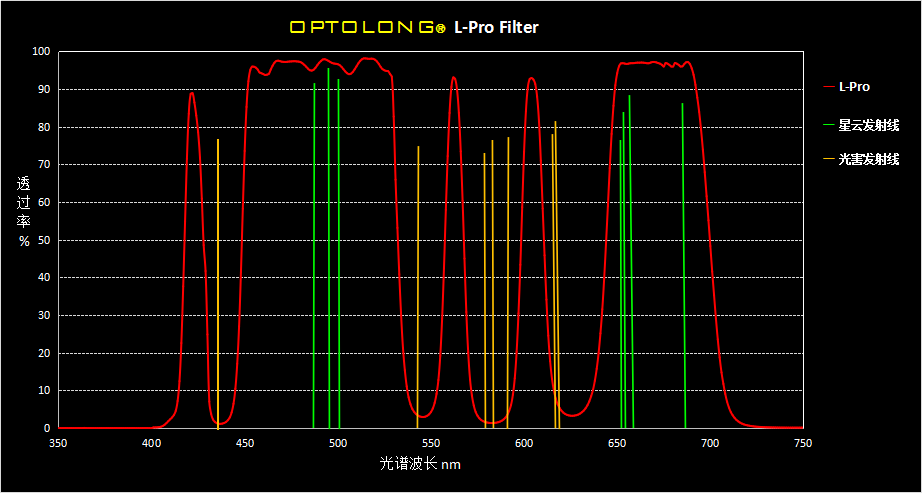
QHY268M
The recently released mono version of the QHY268 looks like it has a proper screw face plate with a more acceptable back focus of 12.5mm. This is more reasonable and would allow me to couple a filter wheel and OAG as well not requiring a IR/UV cut filter.
Like SyedT on StarGazersLounge I could go back to using a guide scope and ditch the OAG and then the imaging train could incorporate a rotator :
| Component | Distance (mm) |
|---|---|
| QHY268M CMOS | 12.5 |
| QHYCFW3M-US | 17.5 |
| M54 (M) to M54 (M) adapter | 2 |
| Pegasus Falcon Rotator | 18 |
| M54 extension ring | 5 |
| M54 (M) to M54 (M) | 2 |
| Total | 57 |
I was thinking of a rotator for the remote Esprit120 which has a generous back focus of 76mm so I should have no problems there but that will be another adventure for the future !

